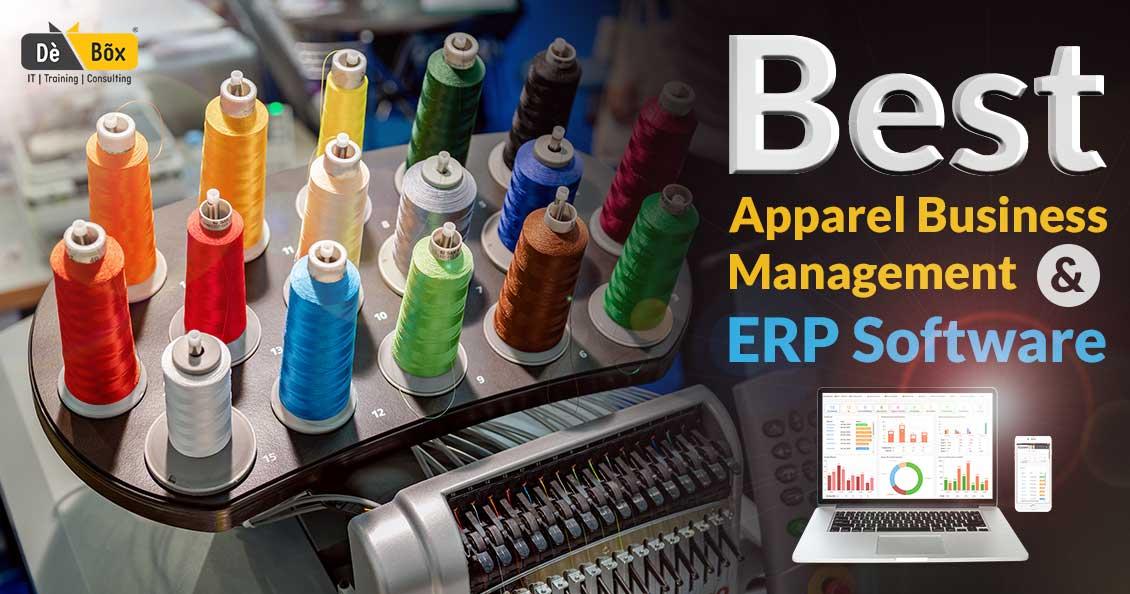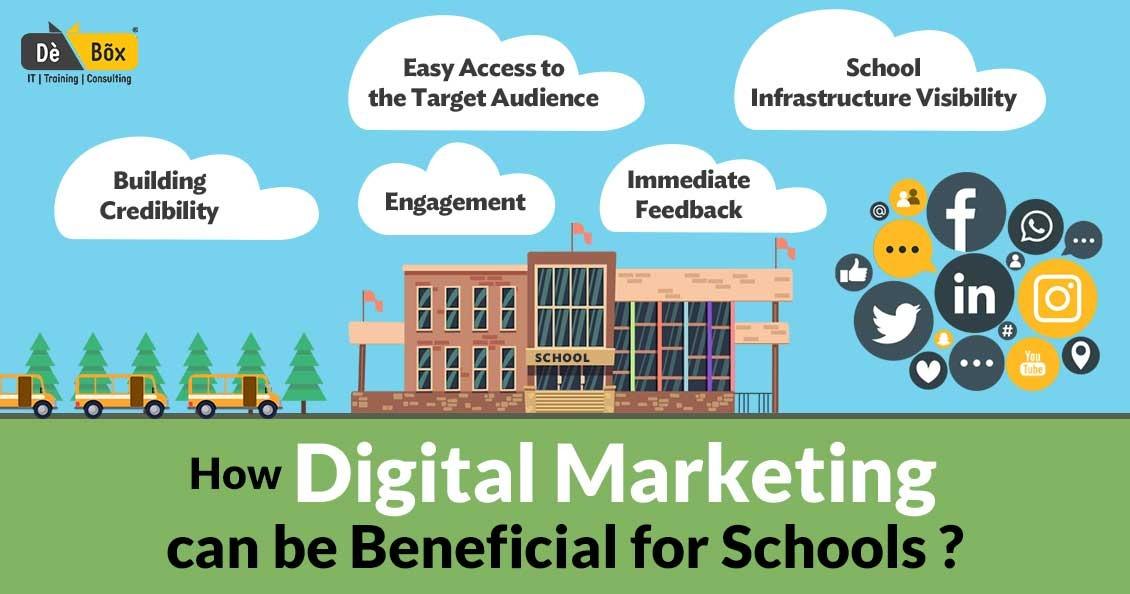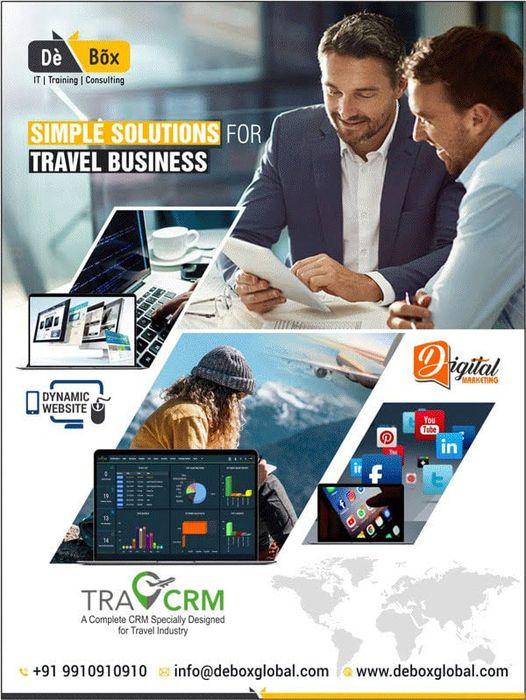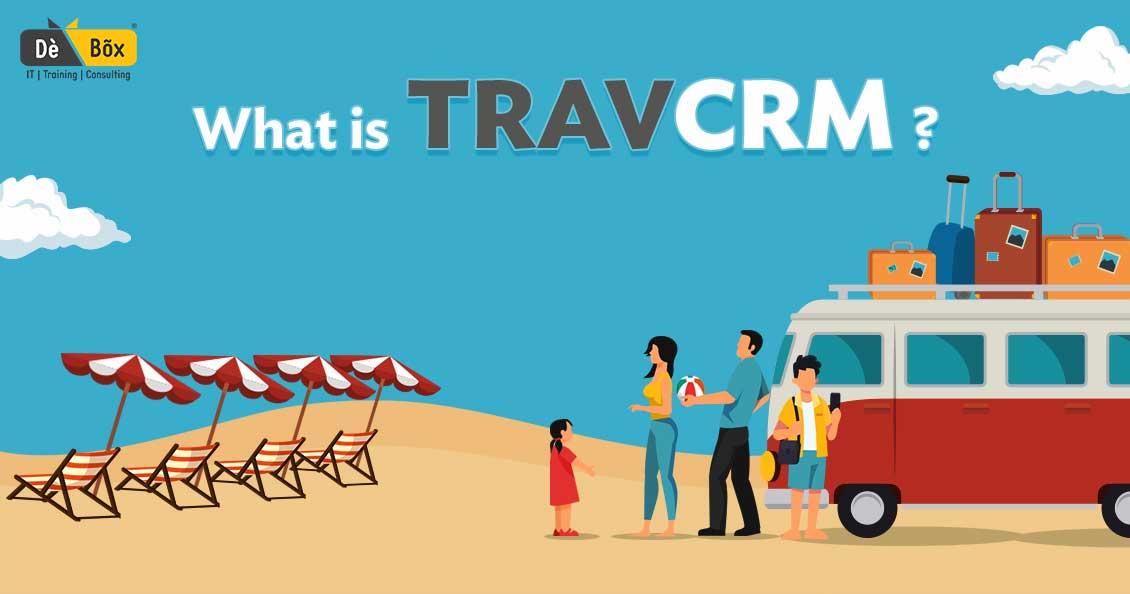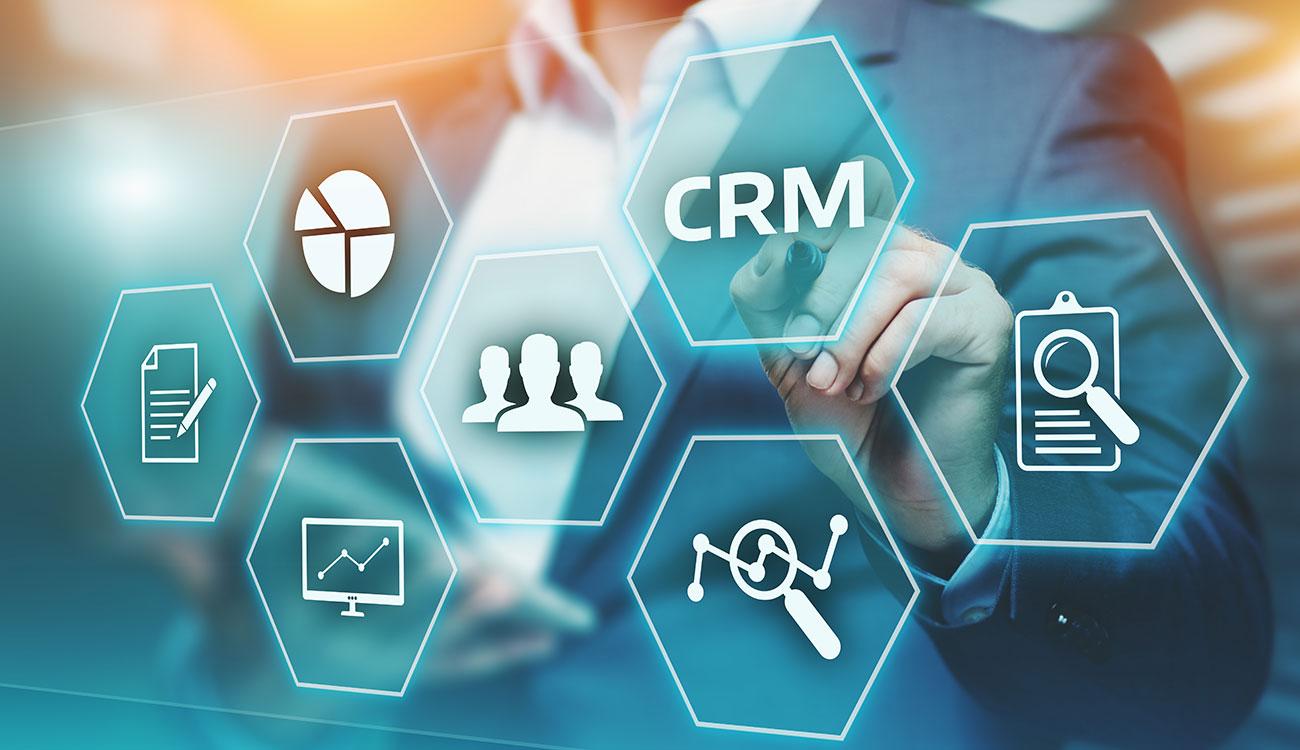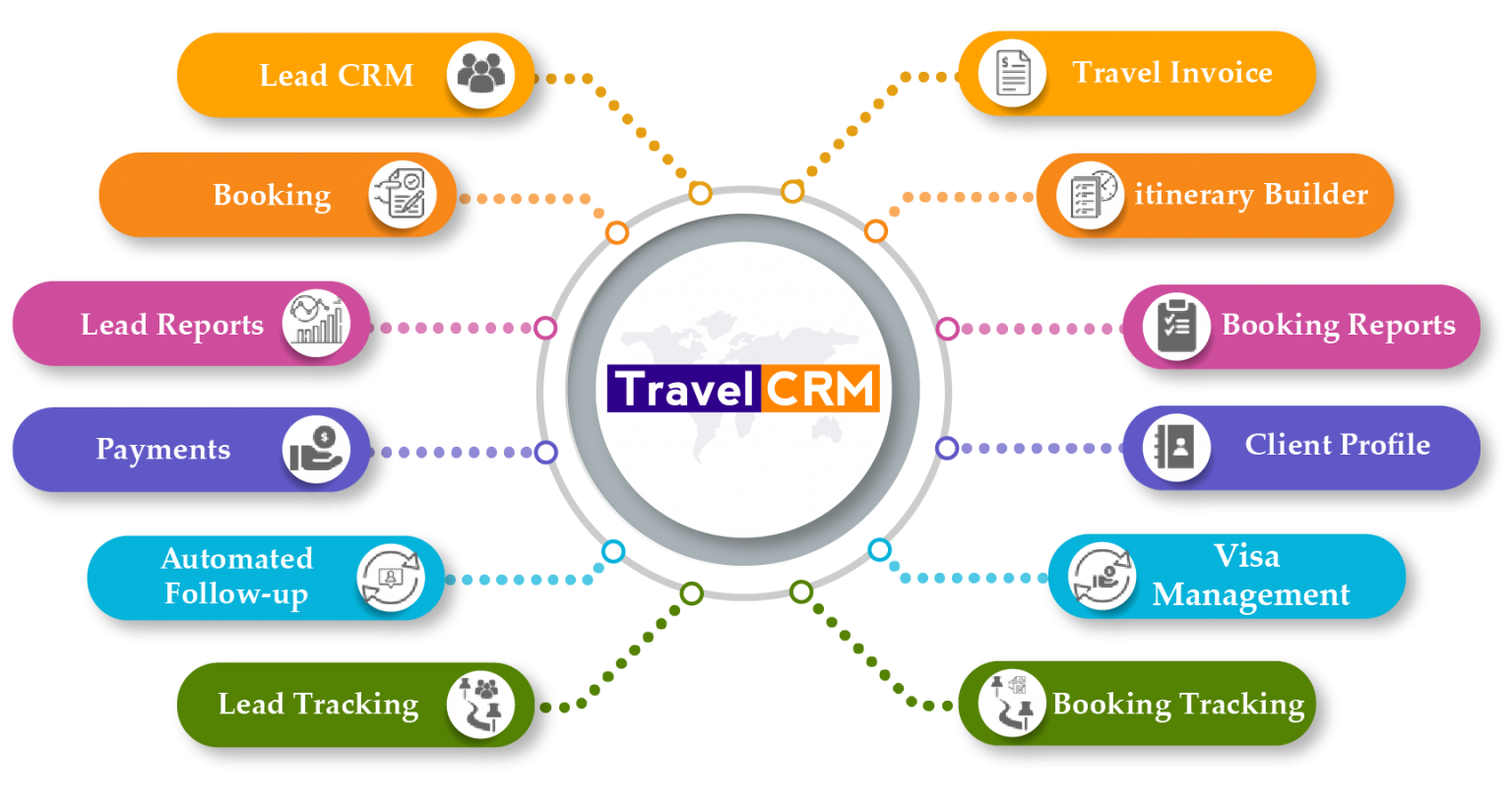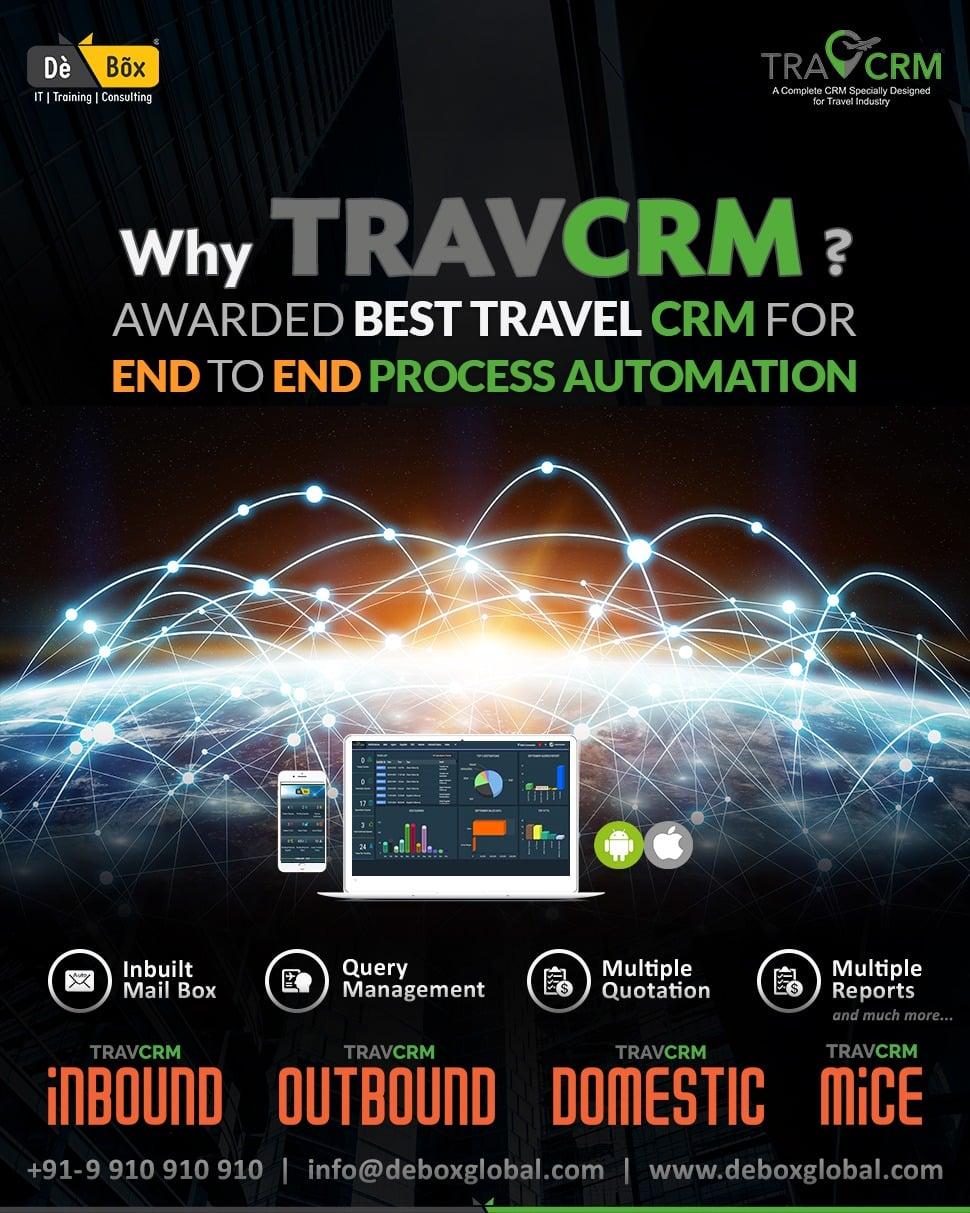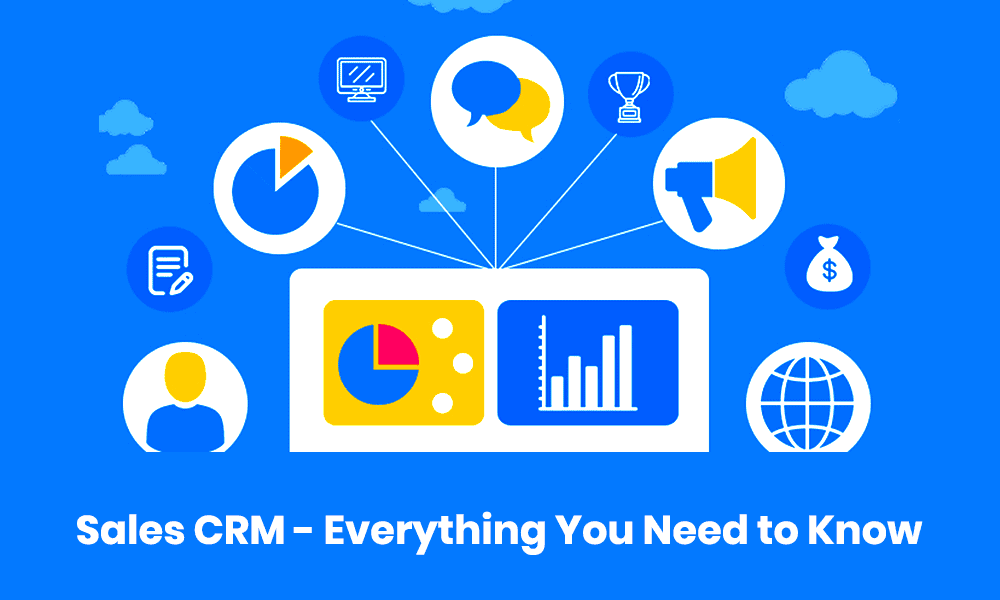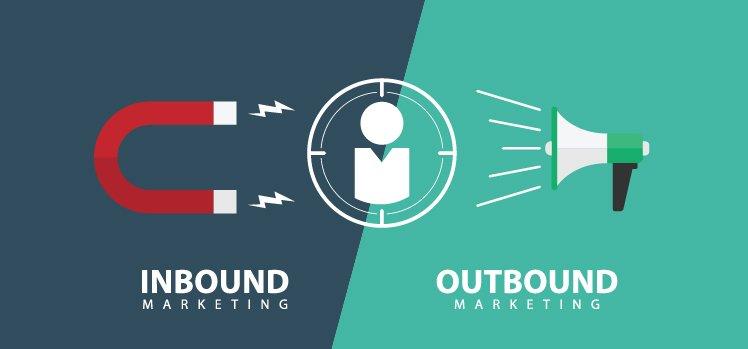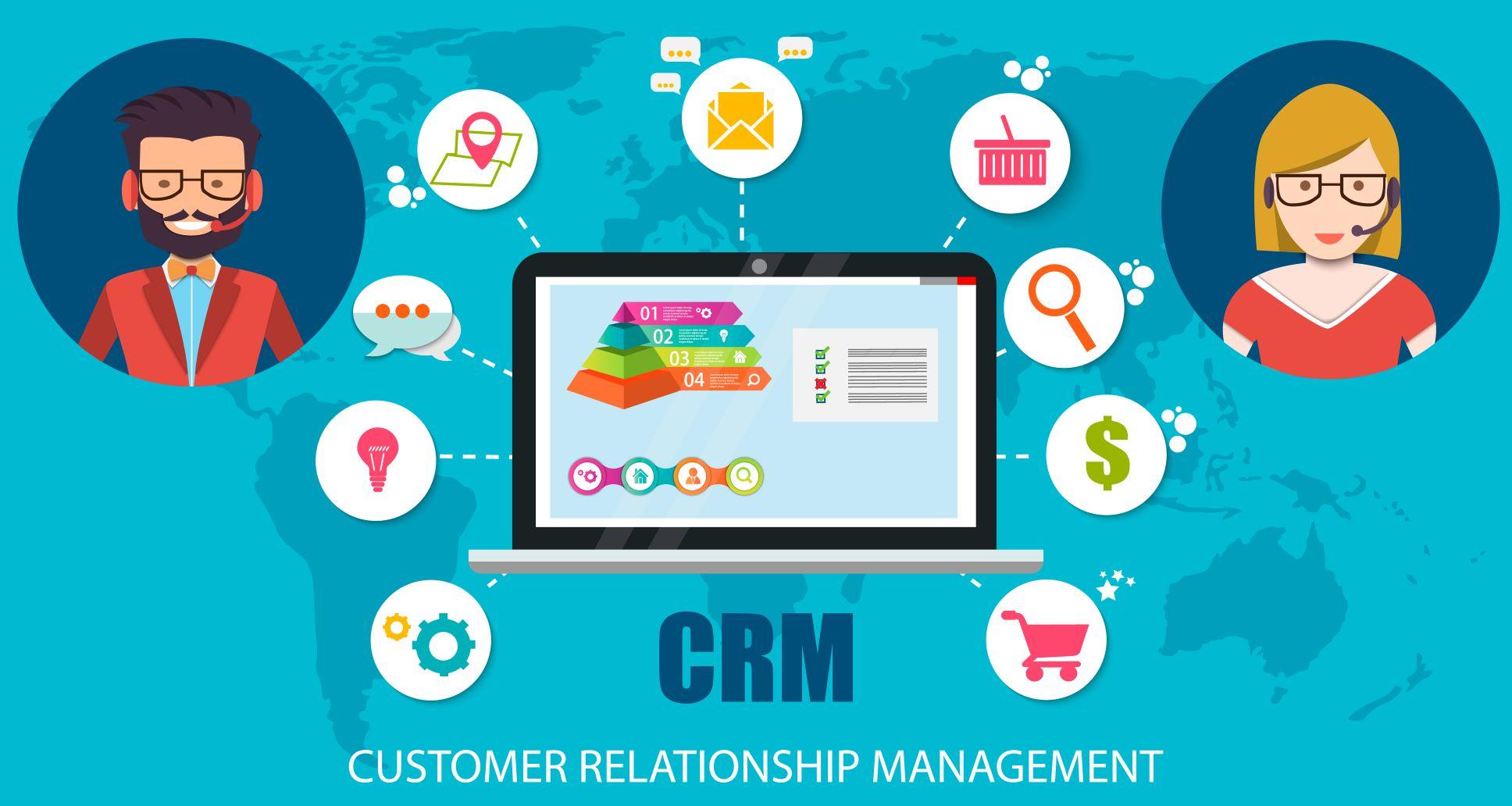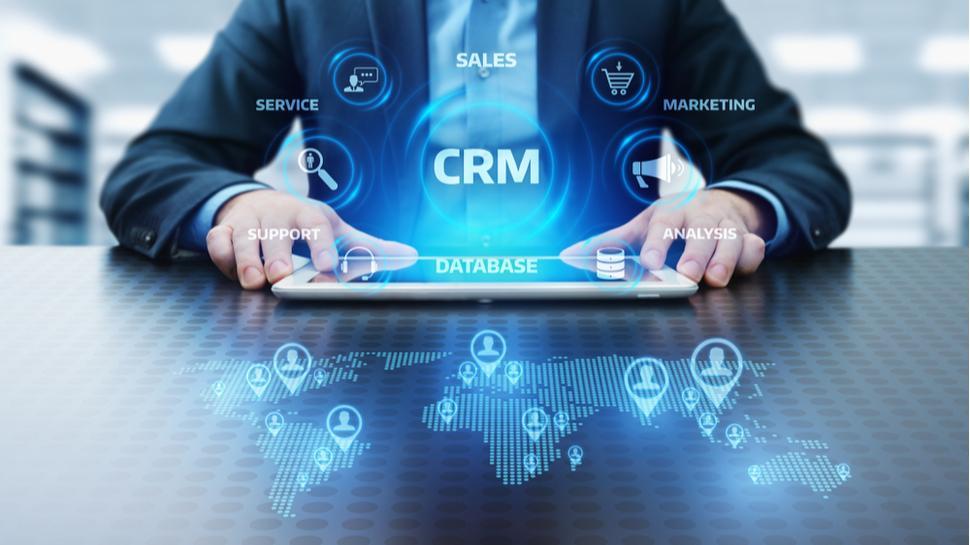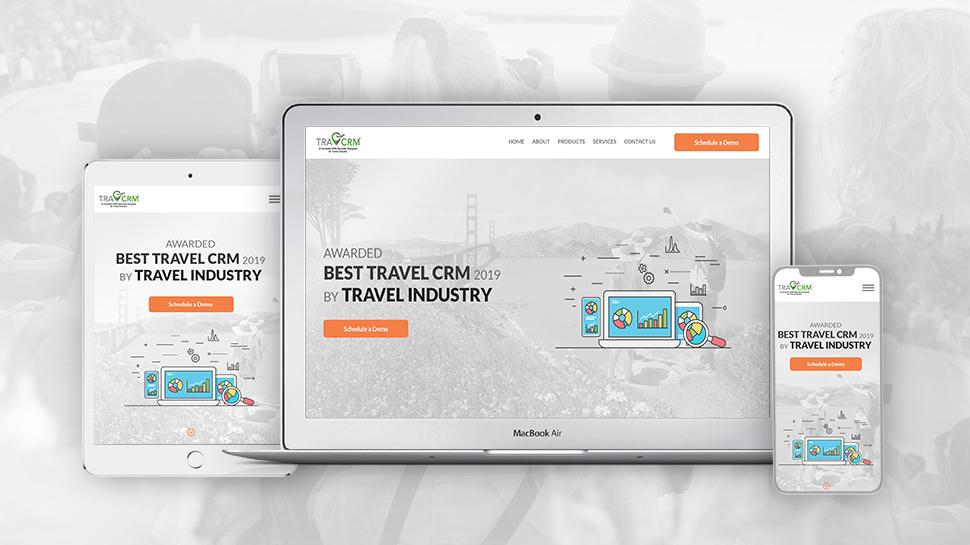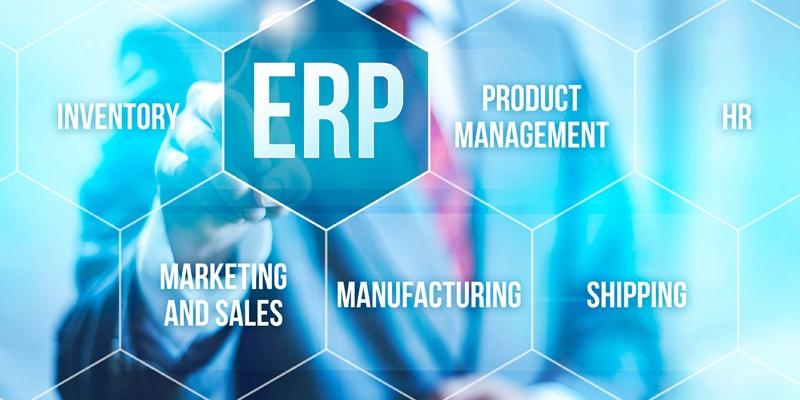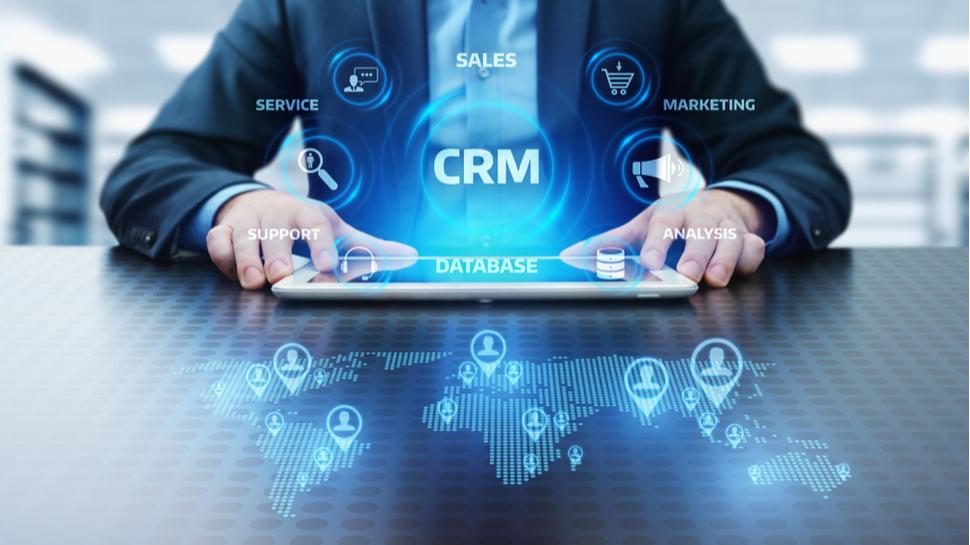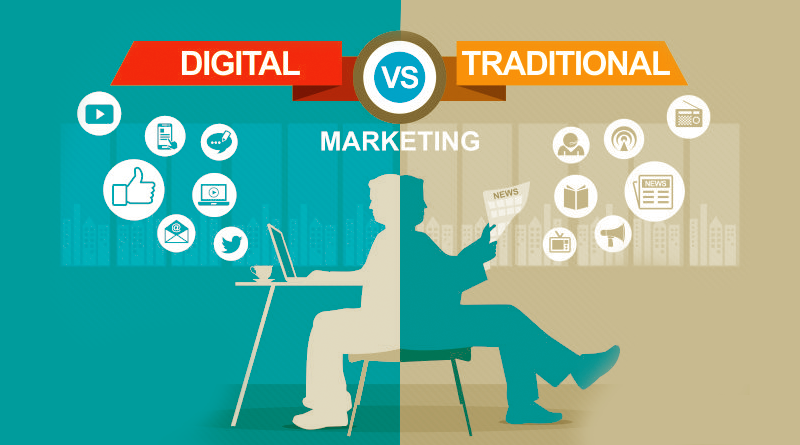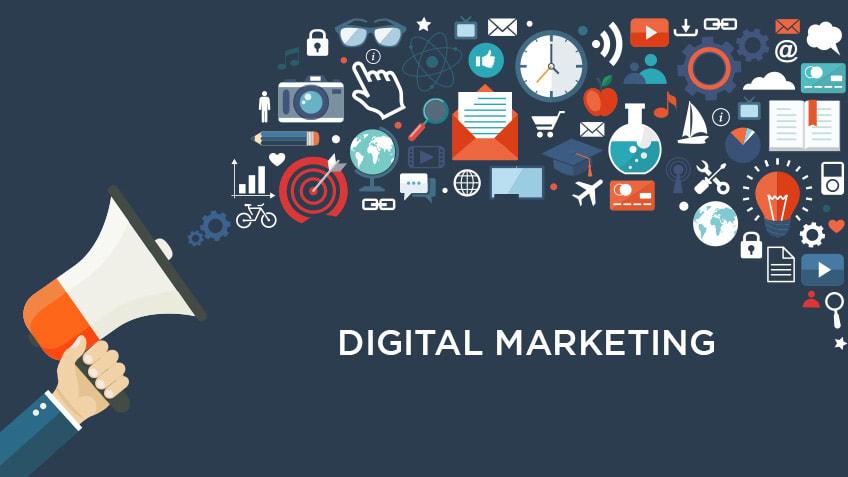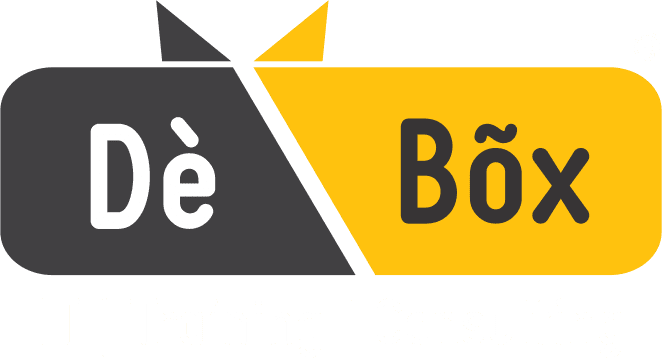
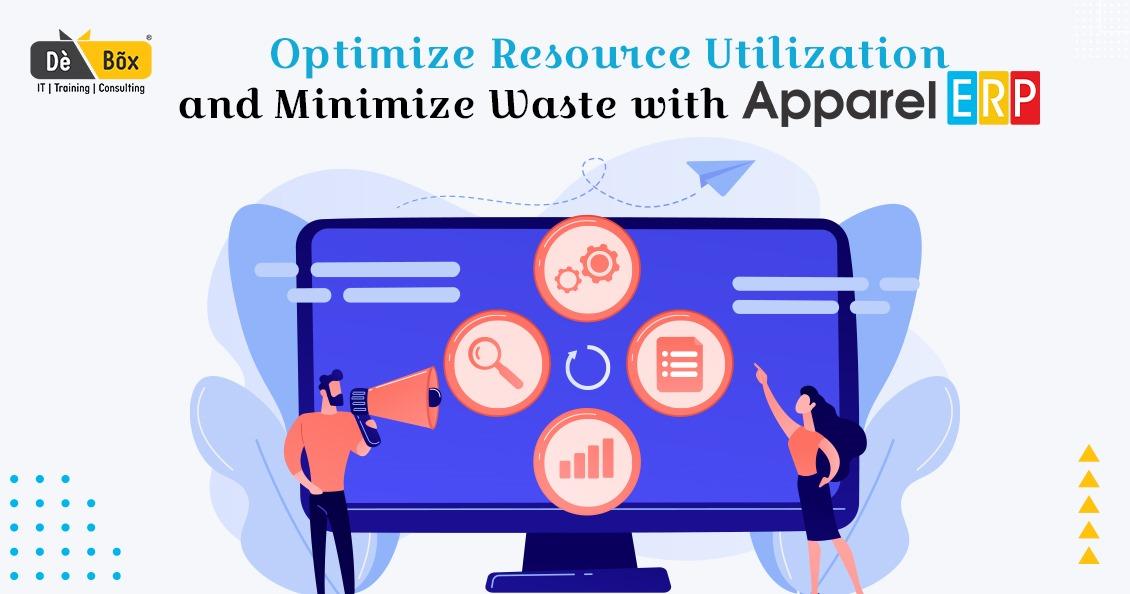
Apparel Industry implement enterprise resource planning, or ERP, software to handle regular corporate tasks including supply chain management, project management, handling risks, accounting, and procurement.
Enterprise performance management and tools for planning, budgeting, forecasting, and reporting on an organization's financial performance are also included in a full ERP suite. Seems like a lot of software for your company, but let's explore the main justifications for your apparel company's requirement for an ERP.
Benefits of Apparel ERP Software
Streamlined Manufacturing Facilities
One of the hardest problems an apparel business faces is efficient raw material management. An organization's brand value is boosted by the standard of the raw materials it receives and the state of the final products.
In order to guarantee quality control and efficient implementation, an ERP software provides the administration with real-time information on a variety of manufacturing process features, including sewing, dyeing, printing, labeling, and packing.
Inventory Management
Using a self-organized apparel structure, inventory management ERP software sorts items into categories based on price, size, color, design, and vendor. This helps firms manage their inventory. All stock operations are automatically and dynamically managed by Clothing Cloud ERP, guaranteeing that stakeholders receive the correct goods at the appropriate moment.
ERP software's inventory management module will help clothing producers achieve ideal inventory levels, cut waste production, and enhance manufacturing quality, efficiencies, and procedures.
Easily Manage Receipts and Payments
Several companies find it difficult to handle several clients at once. Cost accounting is a complex operation that involves putting together several orders at different price points and creating invoices and receipts for a wide range of goods.
ERP systems are used in the garment sector to record selling and buying ledgers, track unused credit limits, and construct multi-rate price lists with specialized discount schemes.
Simple Handling of Inquiries from Customers and Suppliers
The efficiency with which sales and HR teams respond to requests from suppliers and customers is enhanced by automating the production and inventory accounting procedures. Furthermore, Cloud ERP software may assist with tracking online purchases, managing inventory delivery schedules, predicting net revenue using different margin rates, and synchronizing purchase orders from retail outlets.
An increase in sales
Gaining insight into potential customers is one of the most crucial steps towards increasing revenue. Product rotations and customer demand analysis are managed by an efficient cloud ERP system, resulting in personalized sales.
ERP systems maintain a record of client data, including frequency and history of transactions. This data facilitates production scheduling and improves understanding of clothing trends. Customized offers and discounts are routinely updated for committed customers via text or email with the help of an ERP system.
Lower Expenses
For the organization, budgeting ahead of time would undoubtedly result in cost savings. ERPs automate key procedures, cutting labor costs and streamlining company processes to lower the risk of human mistake.
Standardizing internal operations like staffing allocation, inventory management, and financial audits aids businesses in identifying and eliminating wasteful spending that is draining their resources.
Enhanced Reporting ERP software
Advanced monitoring tools are included in the Enhanced Reporting ERP software. Staying ahead of the competition in today's market requires being able to make sense of the mountains of data that are accessible. Users of cloud ERP solutions have access to confidential organizational and financial data.
ERPs may evaluate financial accounts, create customized reports depending on roles and divisions, and track them in real time to comprehend advantages and inflows of sales.
The Top 5 Features of ERP That the Apparel Industry Wants
An ERP system designed specifically for the clothing business may improve visibility, expedite workflows, and connect several operations. It also provides a number of features that help your clothing business succeed in a very complicated situation.
The top five attributes of the ERP for the apparel industry are as follows:
Planning for Material Requirements
This function, which is often referred to as MRP, is beneficial for having total control over inventories and raw materials. You may also handle bills of materials for various categories with its assistance. Systems based on MRPs are capable of managing the complete process, from ideation to acquisition to manufacturing. Better planning and resource allocation are the outcomes.
Inventory Control
Compared to other sectors, this one is more difficult due to the wide range of colors and sizes of clothing. The garment business also addresses consumer preferences and trends. As a result, you must always be ahead of the demand curve. Using inventory management technologies, you may easily accomplish this goal with the ERP solution.
Management of Vendors
Production processes may be streamlined while maintaining efficient vendor contact with the use of a dedicated vendor portal included in the ERP software. Notifying merchants of the adjustments you would want to see made to specific goods is as simple as uploading photographs or leaving comments.
Planning for Demand
In the garment sector, it is nearly hard to forecast consumer expectations and fashion trends. Because clothing life cycles and market trends are always shifting, you must prioritize your originality. In order to obtain a comprehensive image of the customer's purchase decisions, ERP software for the garment sector offers the required demand planning and forecasting features that interface with historical data and sales projections.
Storage Operations
There is built-in warehouse management capability in an apparel ERP. It helps you monitor and manage the operations of the warehouse. For the ERP system to expand along with the growing business, it must be scalable. Additional features of advanced ERP, such as SAP Business One, include shipping and logistics connectivity, returns management, and more.
Conclusion
Several enterprise resource planning tools are available in garment ERP software, which is specially designed to meet the demands of the apparel sector. But Best Apparel ERP Software for the Garment Industry is provided by DeBox Global. Manufacturers can save a great deal of time, money, and effort by optimizing supply chain management, boosting production planning, improving inventory management, guaranteeing accurate financial management, enabling efficient order management, optimizing compliance and quality control procedures, and strengthening teamwork and communication. Purchasing an apparel ERP system is a strategic choice that will enhance overall productivity, save operating costs, and maintain competitiveness in the ever-changing garment market. It is not merely a cost-saving measure.
Luxury tourism is evolving rapidly, embracing innovative trends that cater to a new generation of travelers. Today’s affluent globetrotters s..Read More
In the fast-paced world of the travel industry, providing excellent customer service and optimizing operations is crucial for success. Travel agenc..Read More

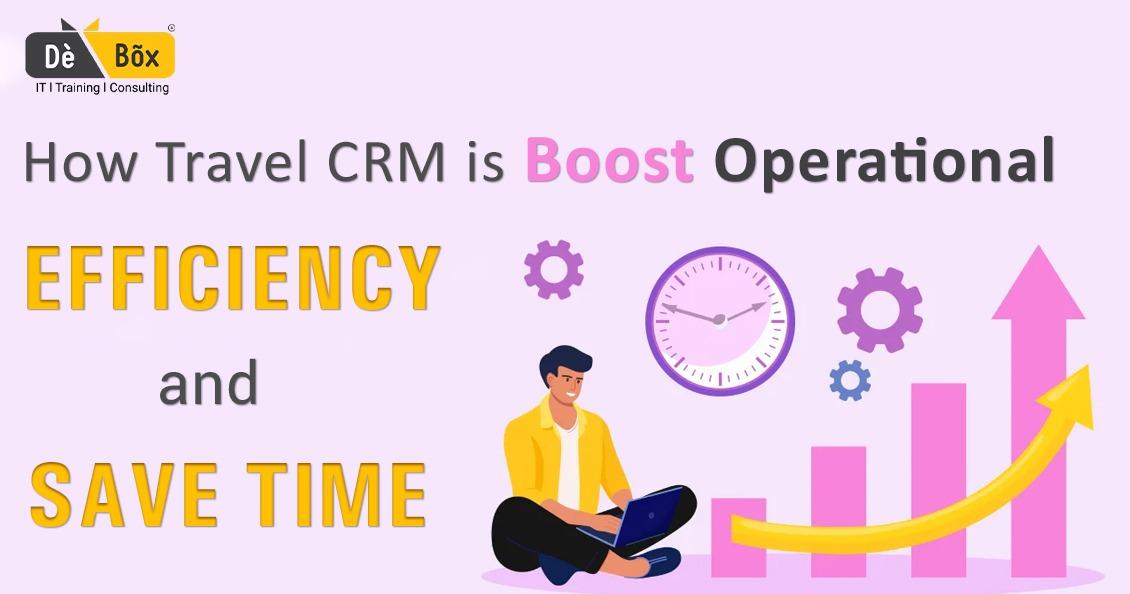
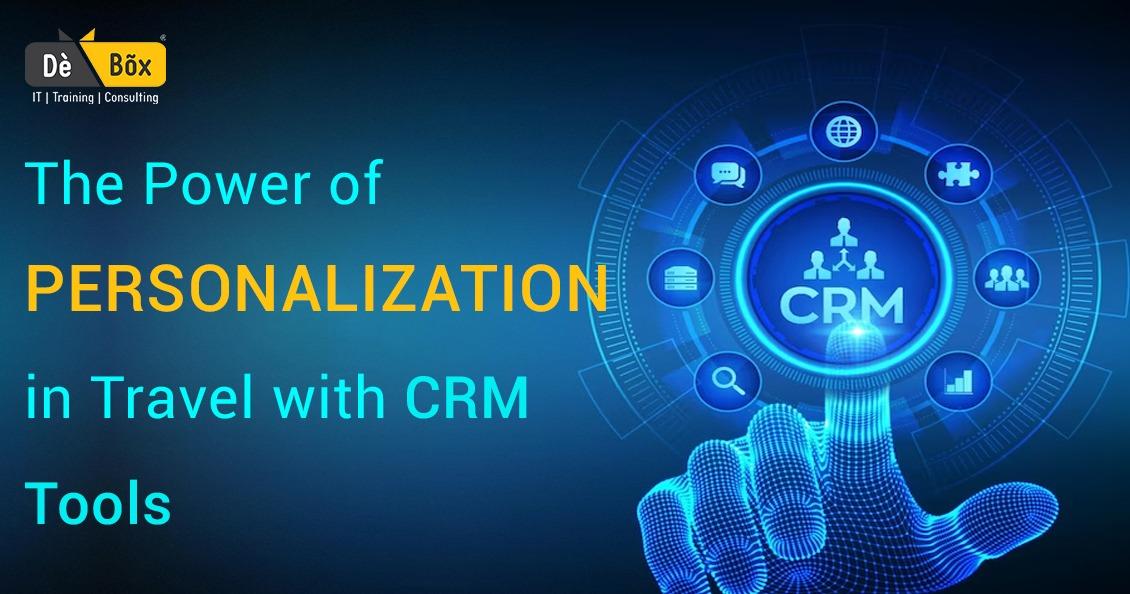

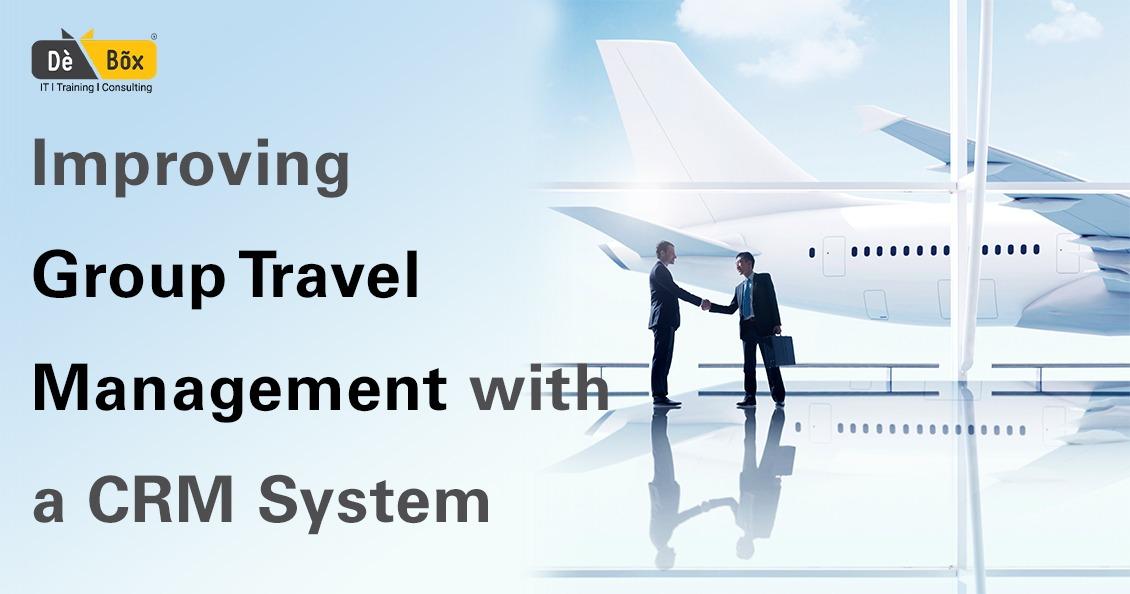
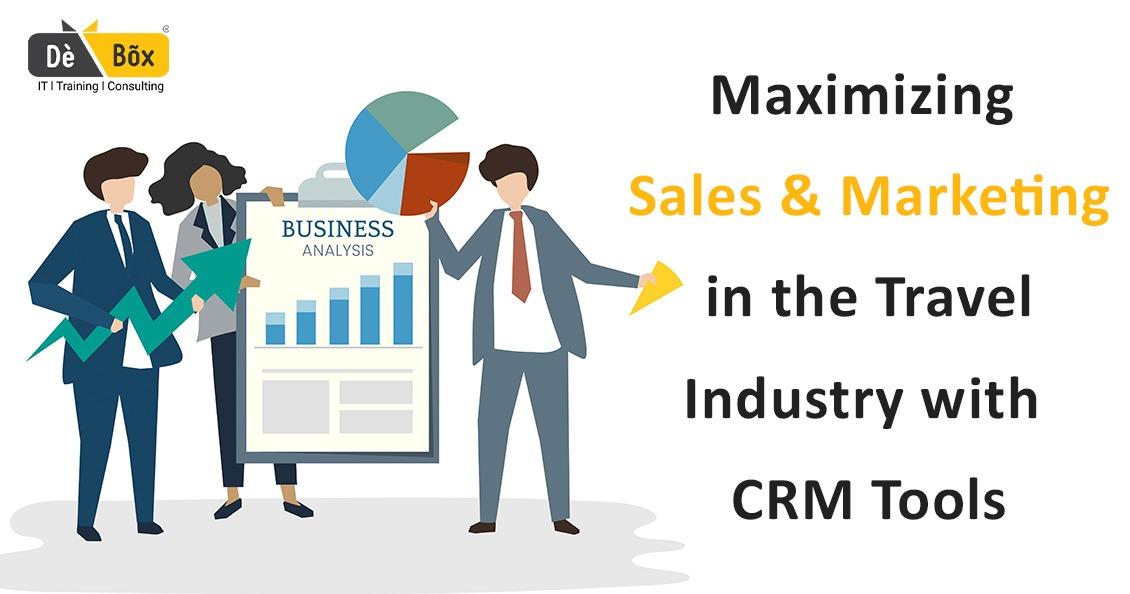
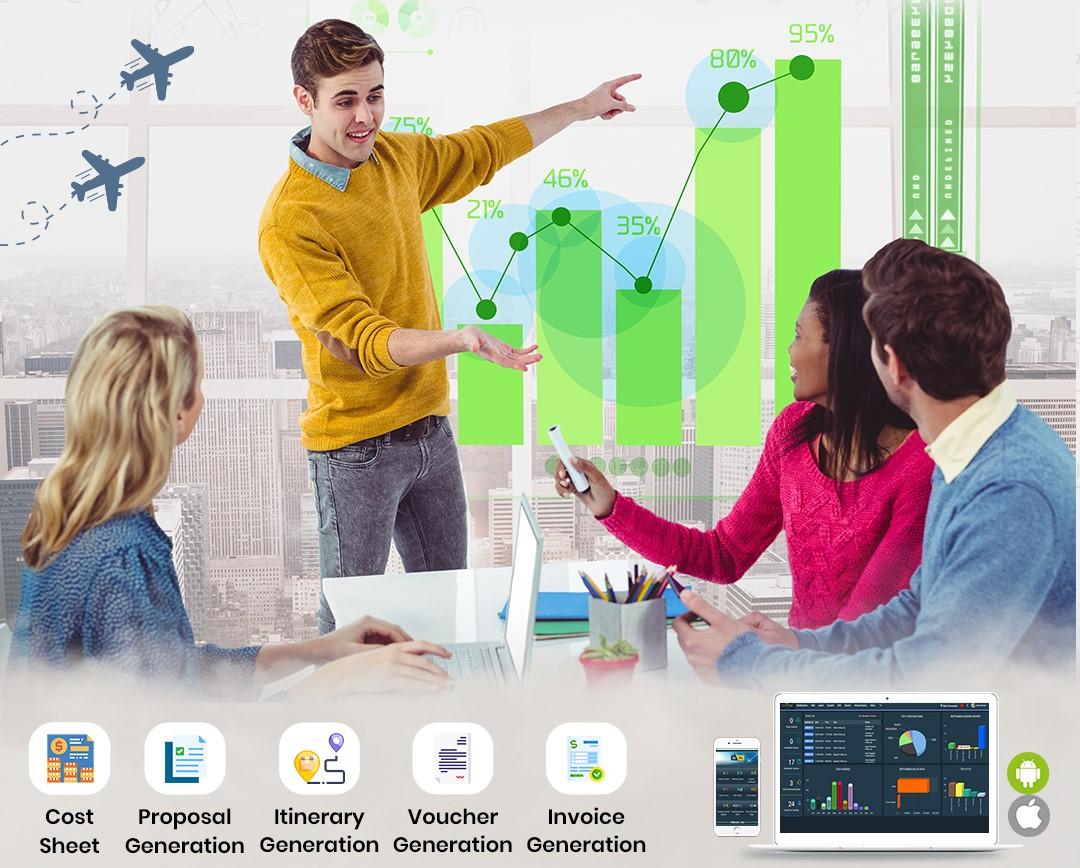
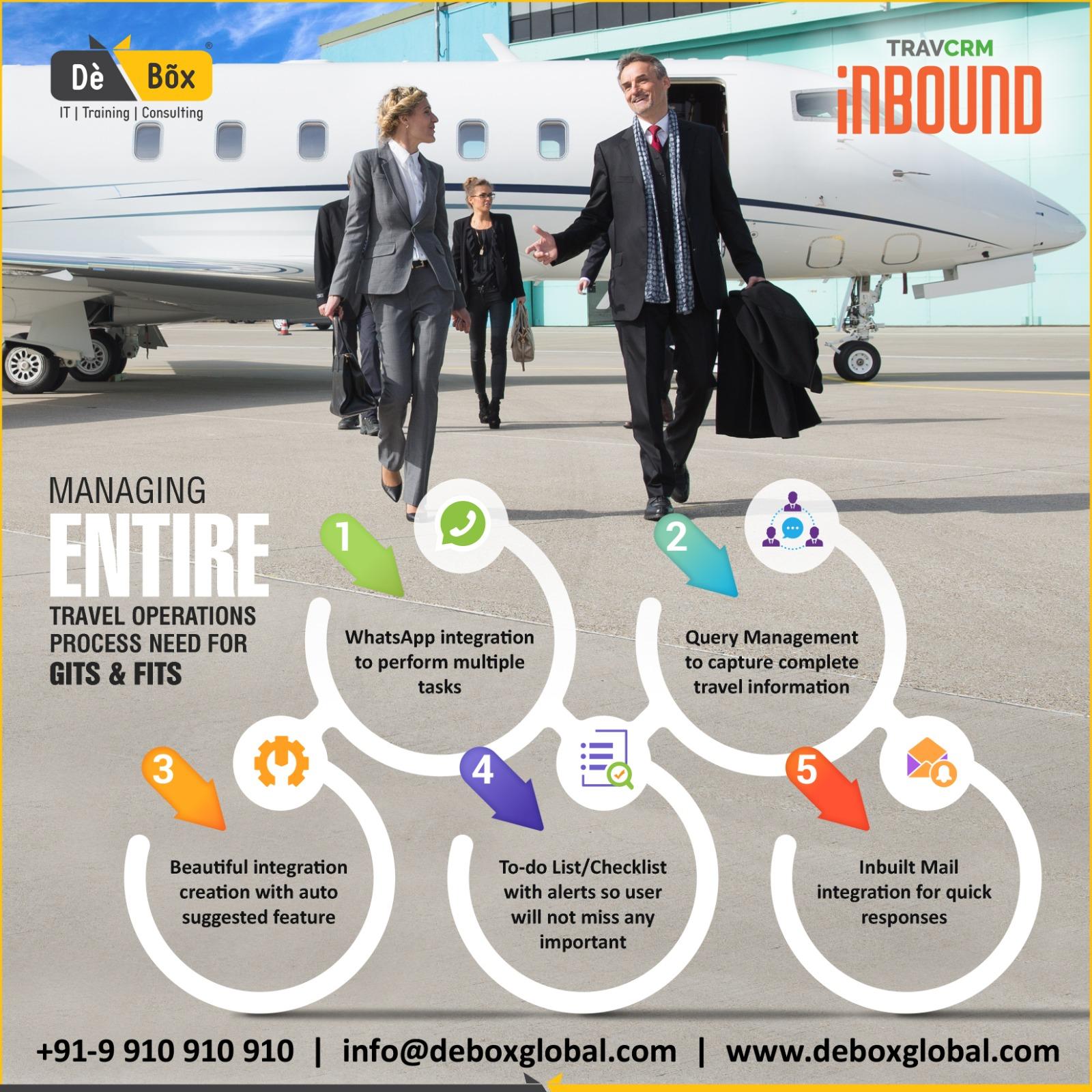

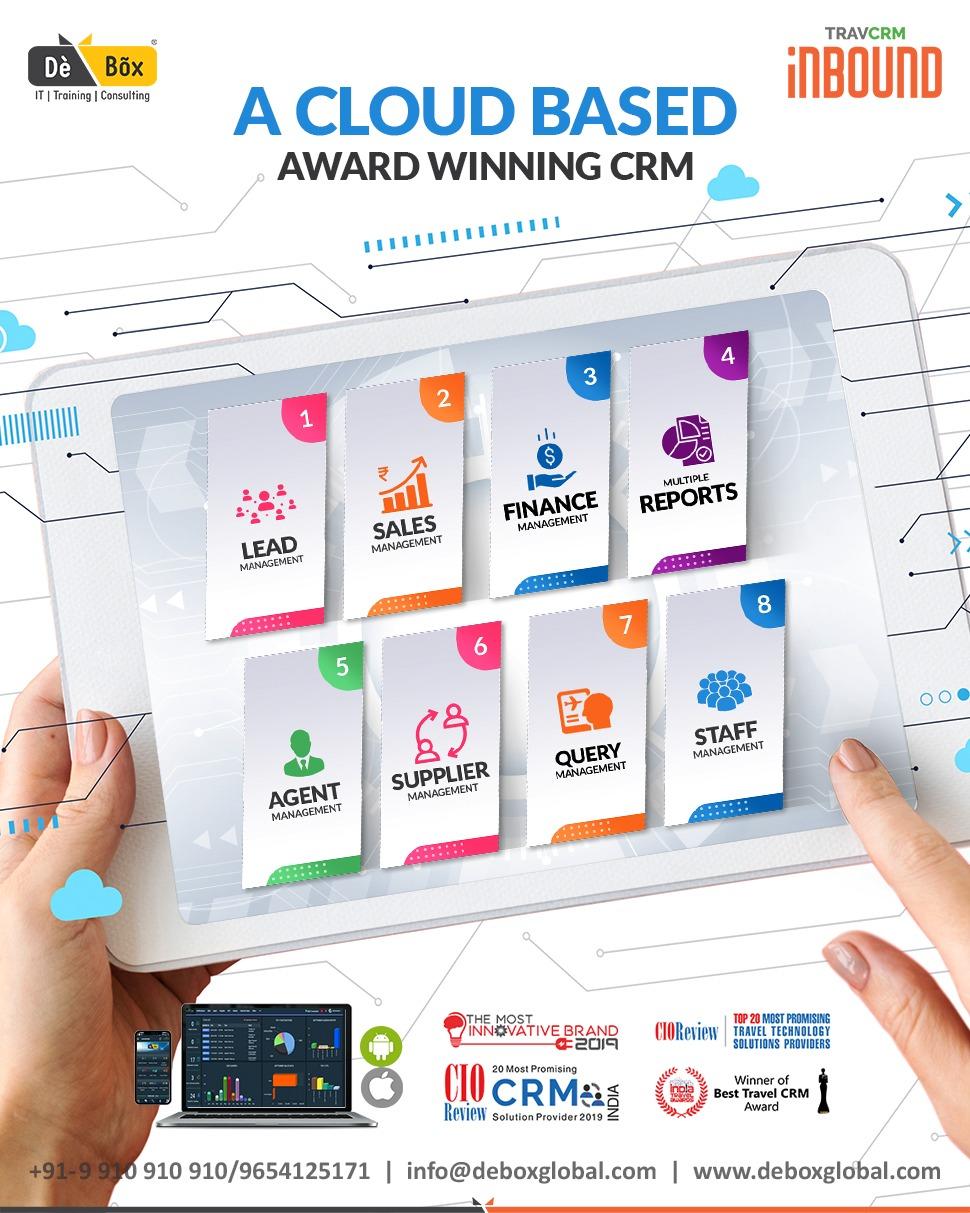

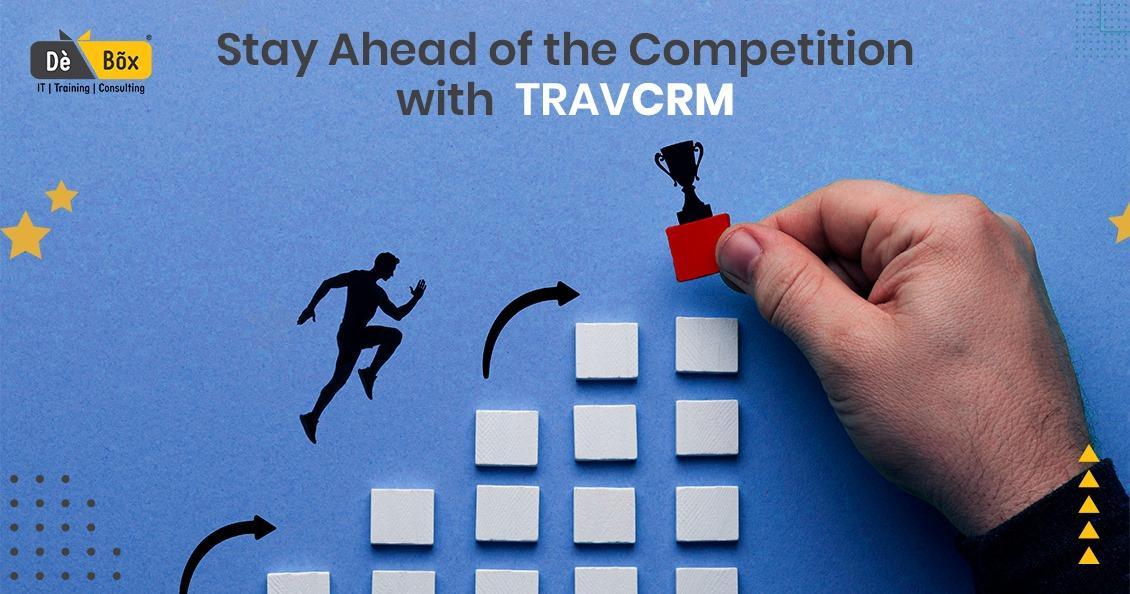







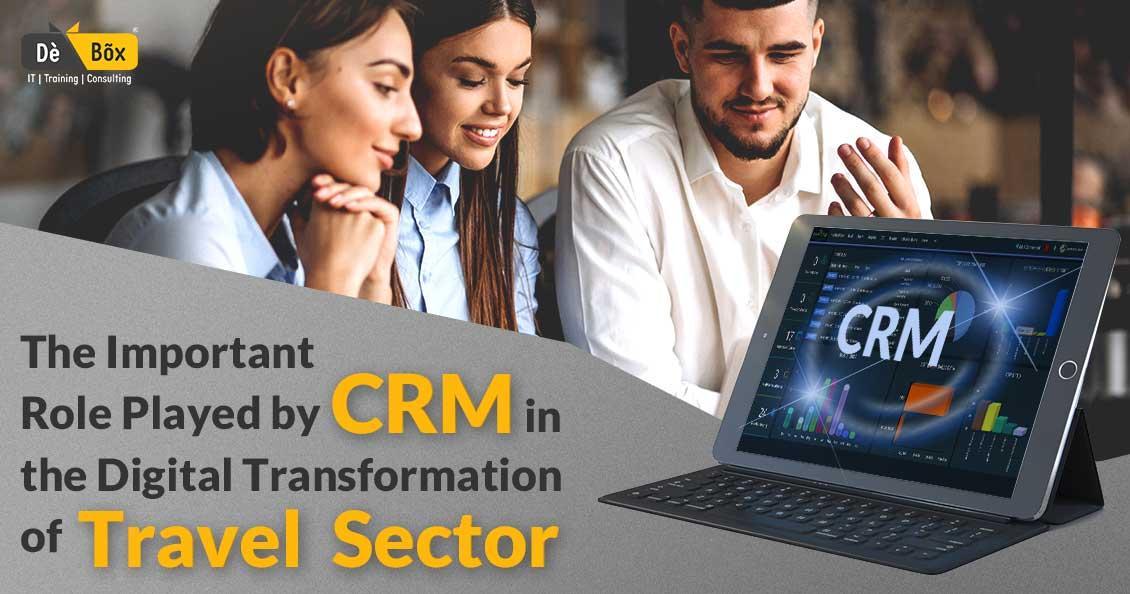



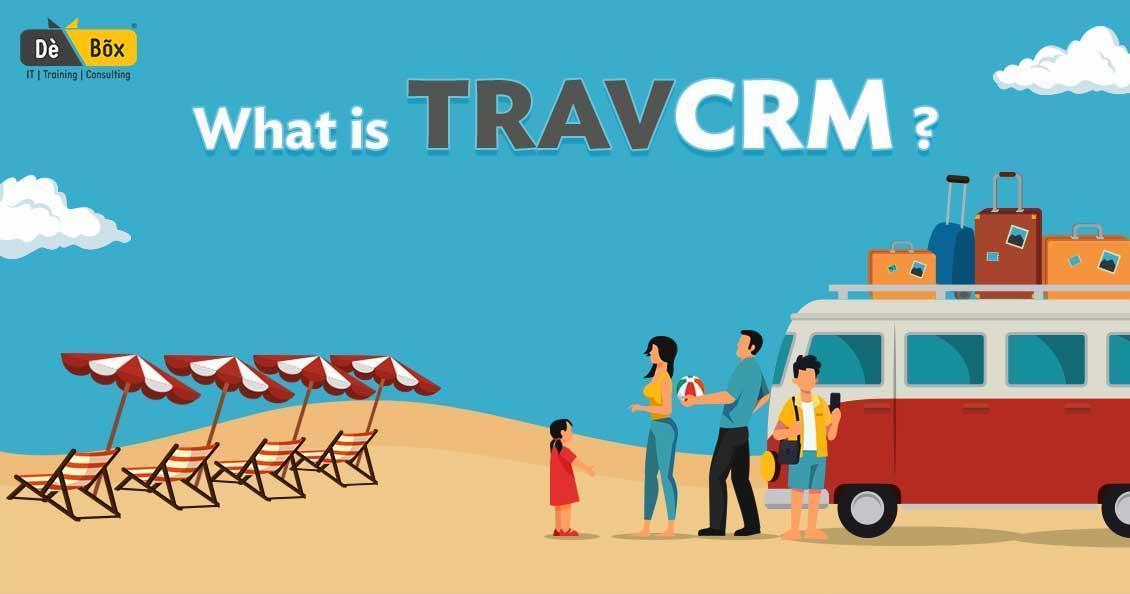


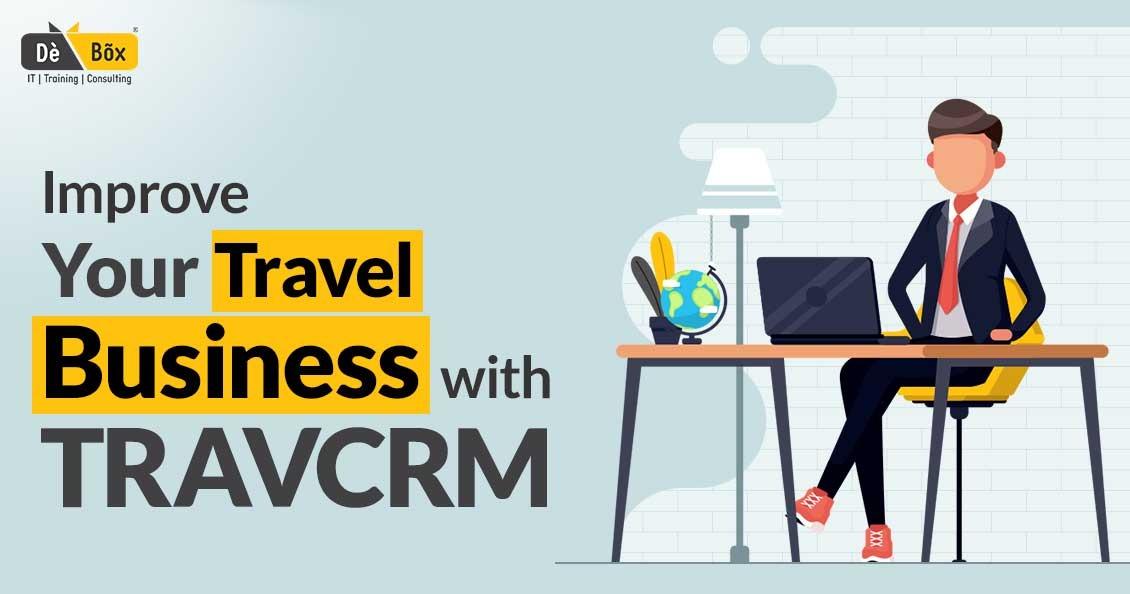

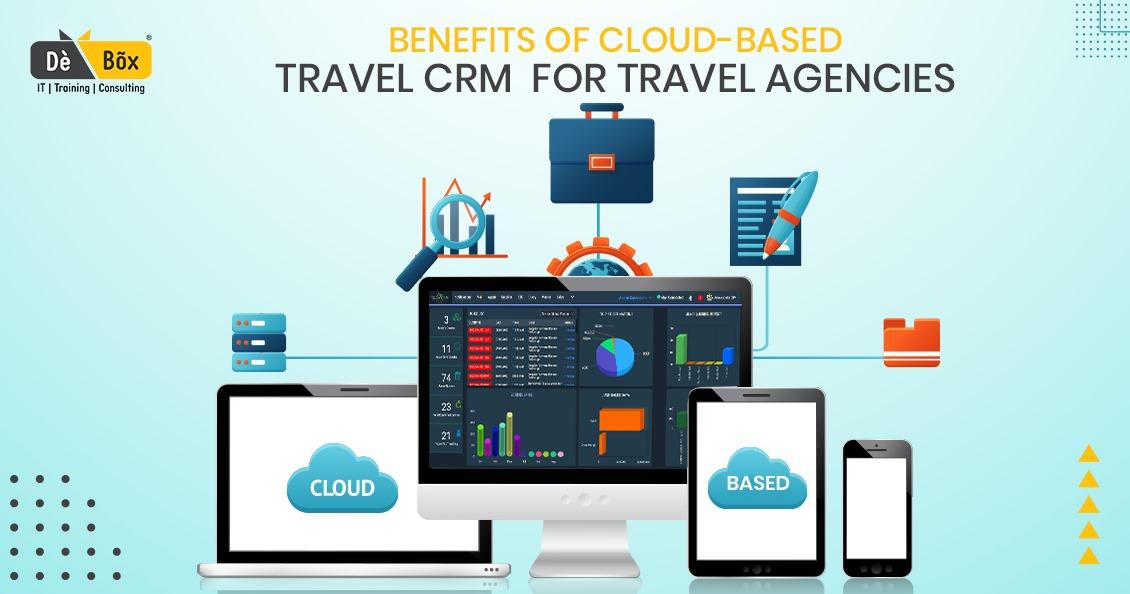


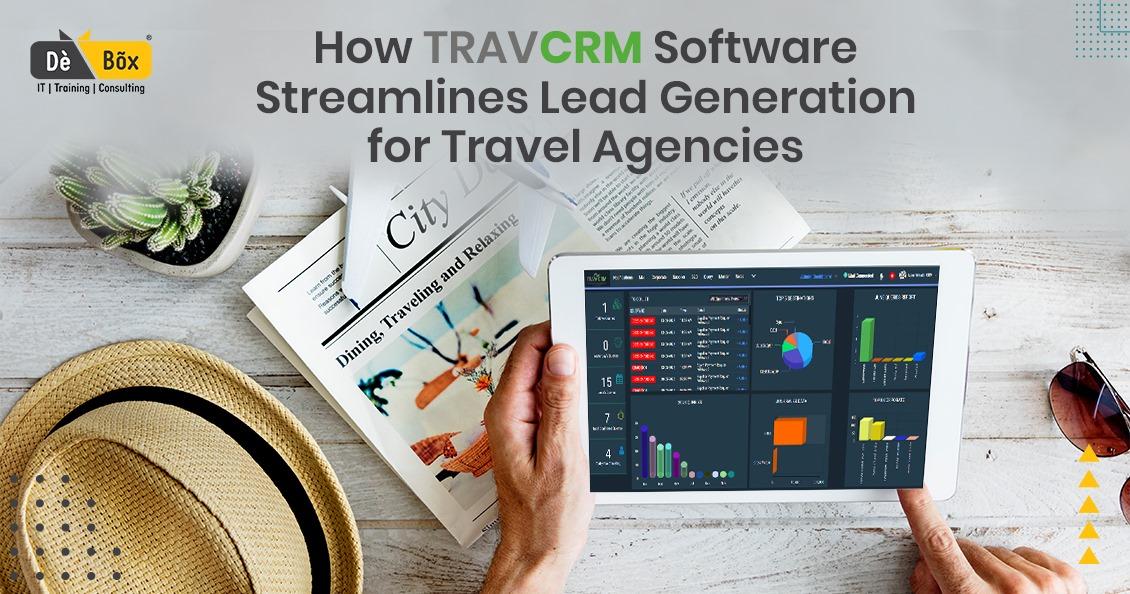
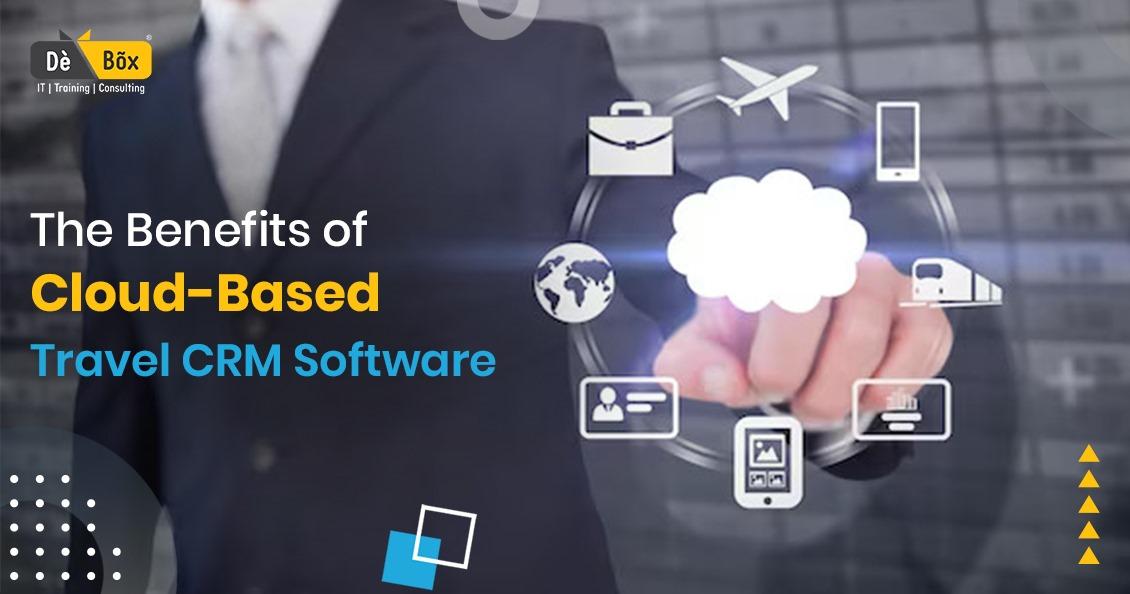
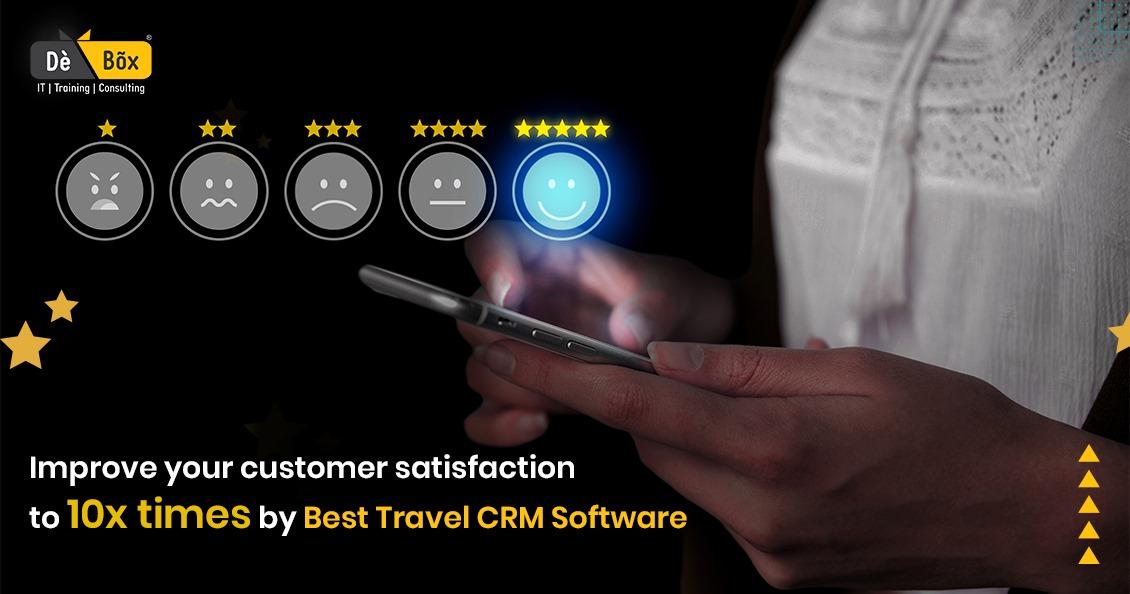
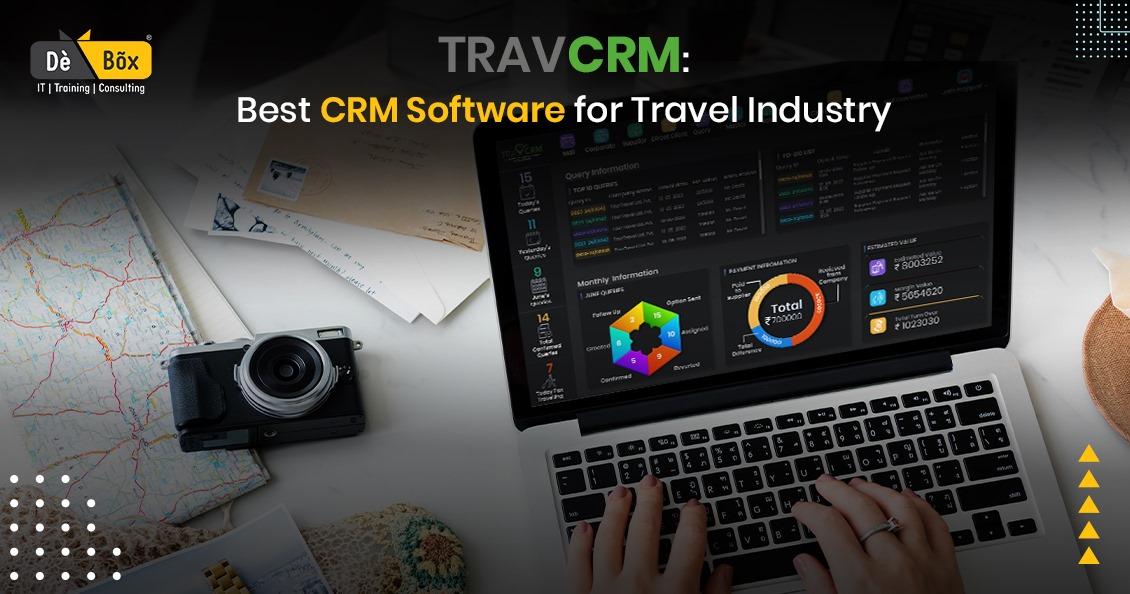
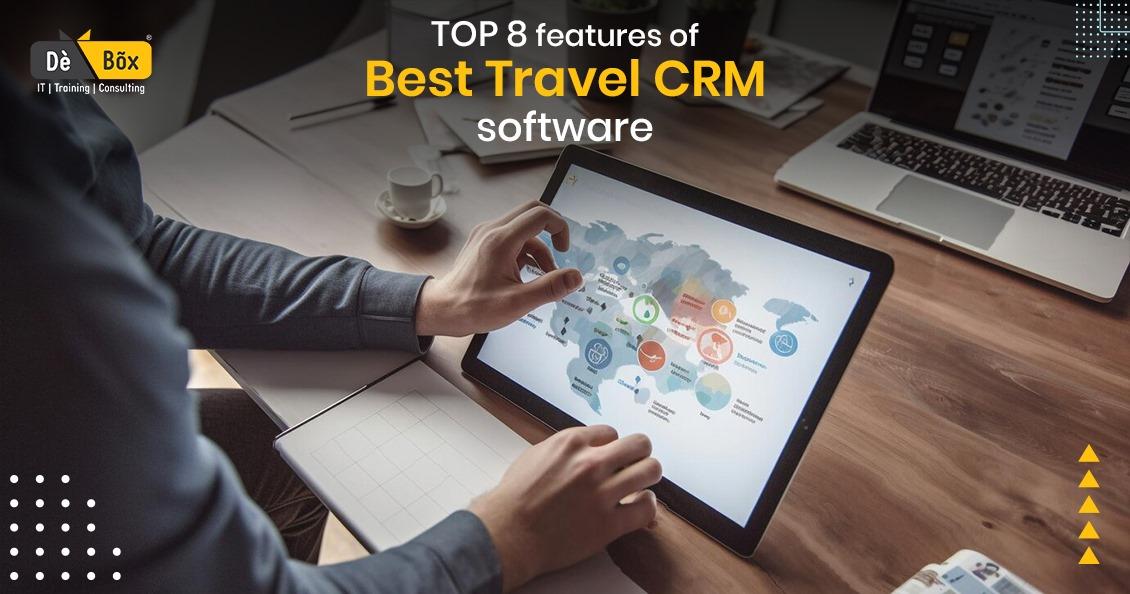
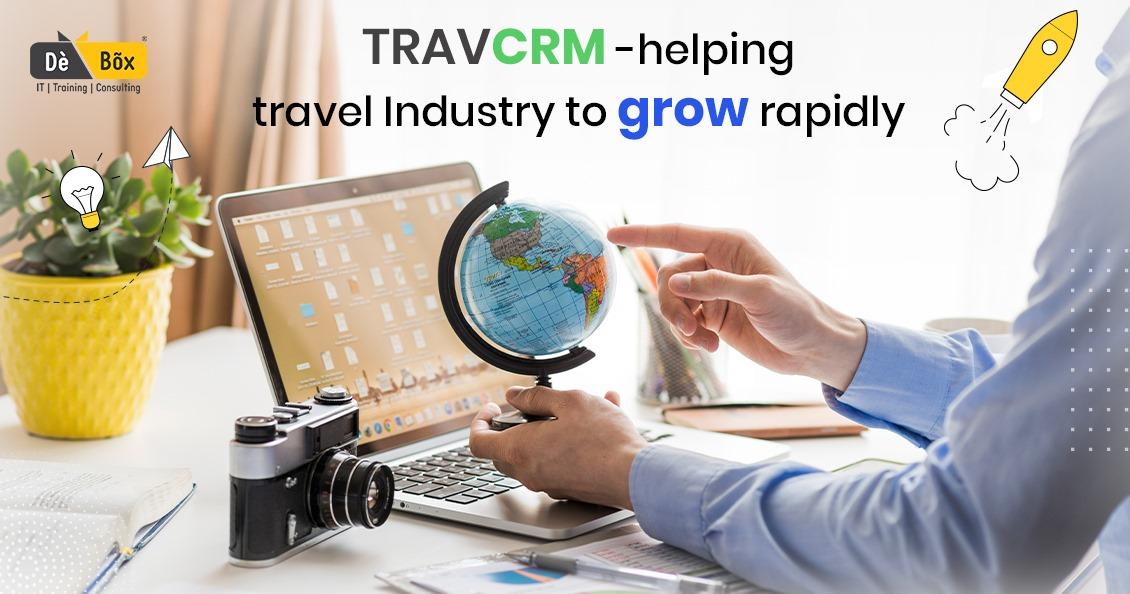

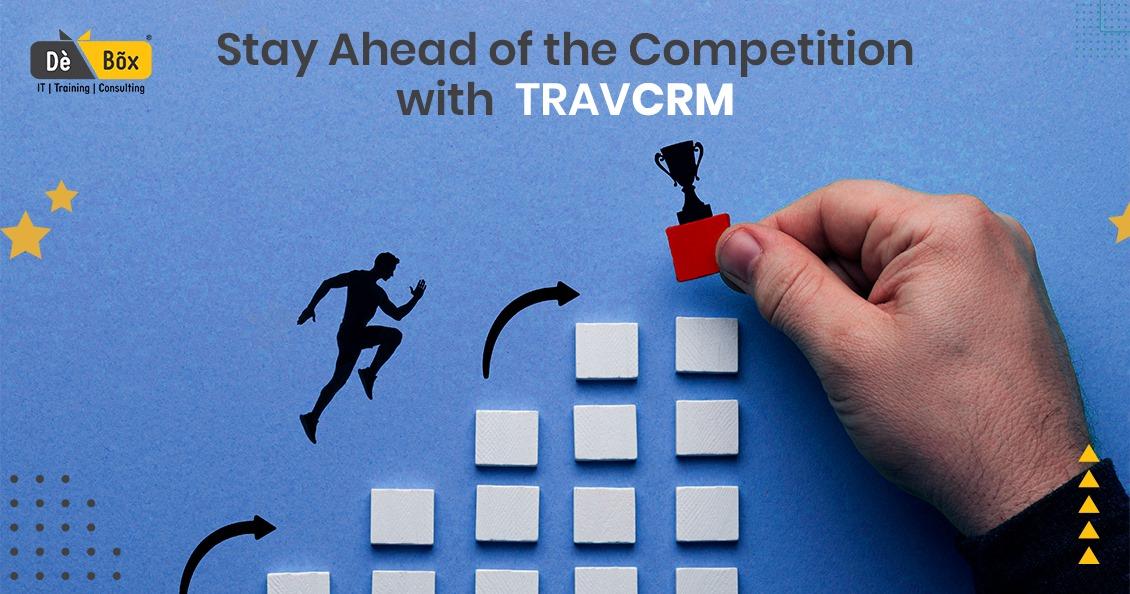
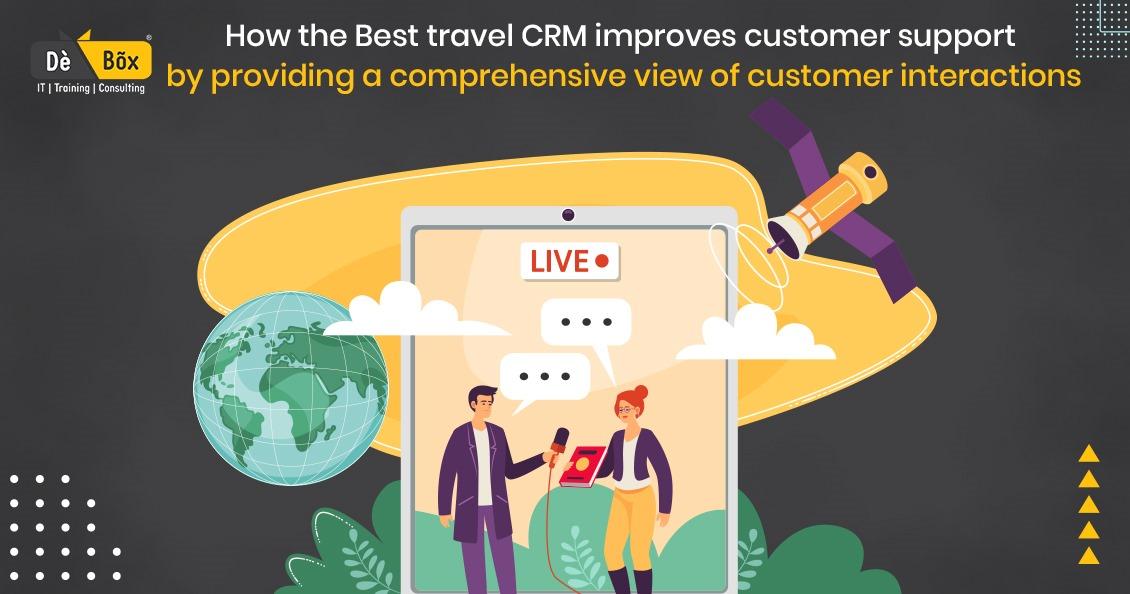
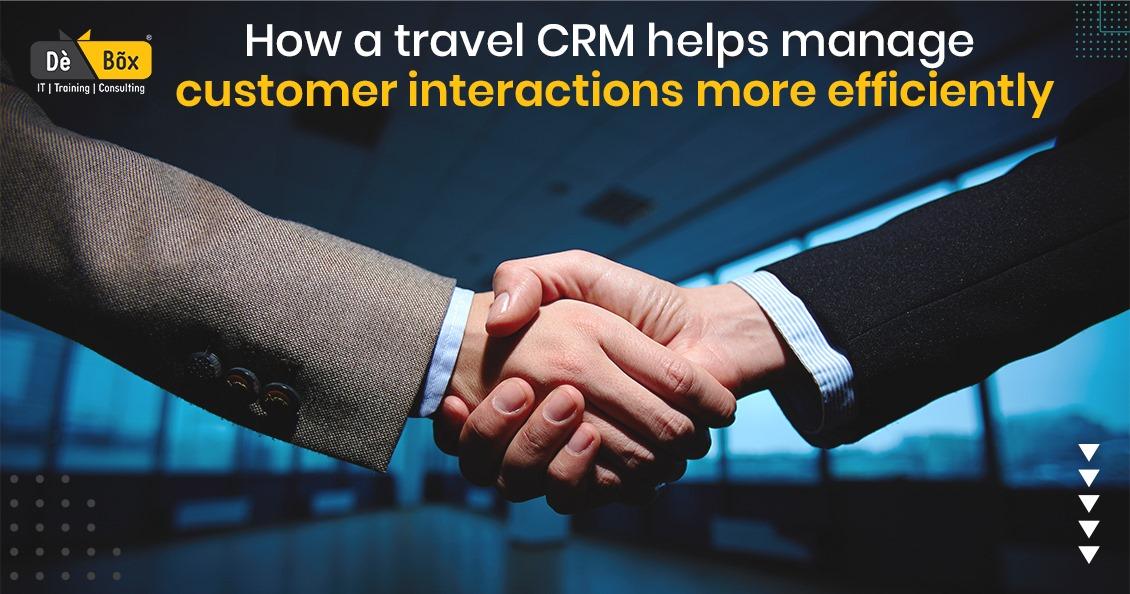

1691385195.jpeg)
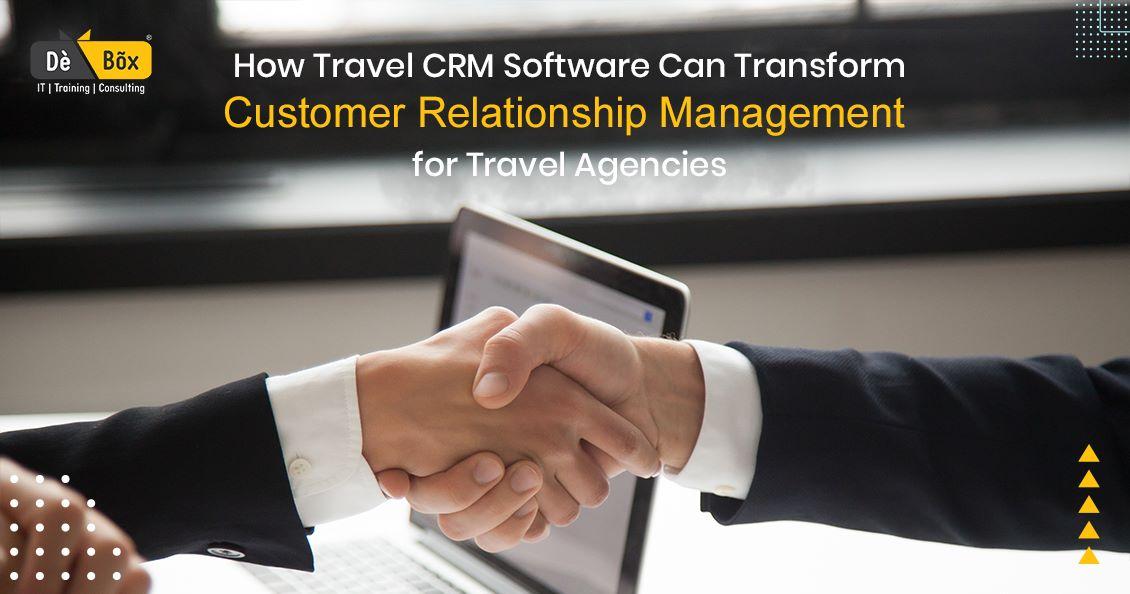

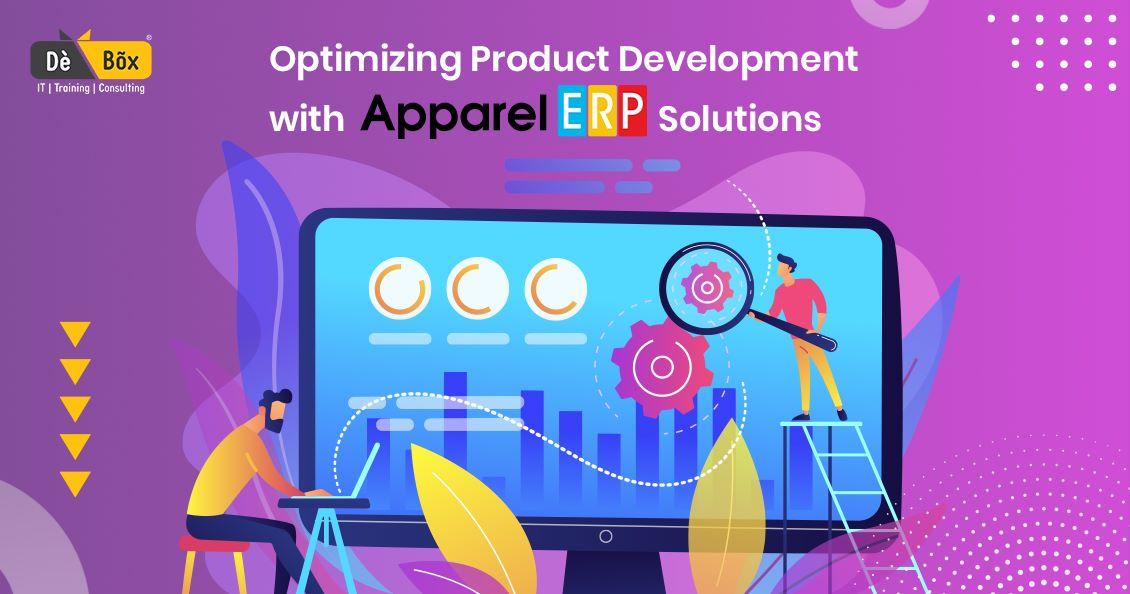

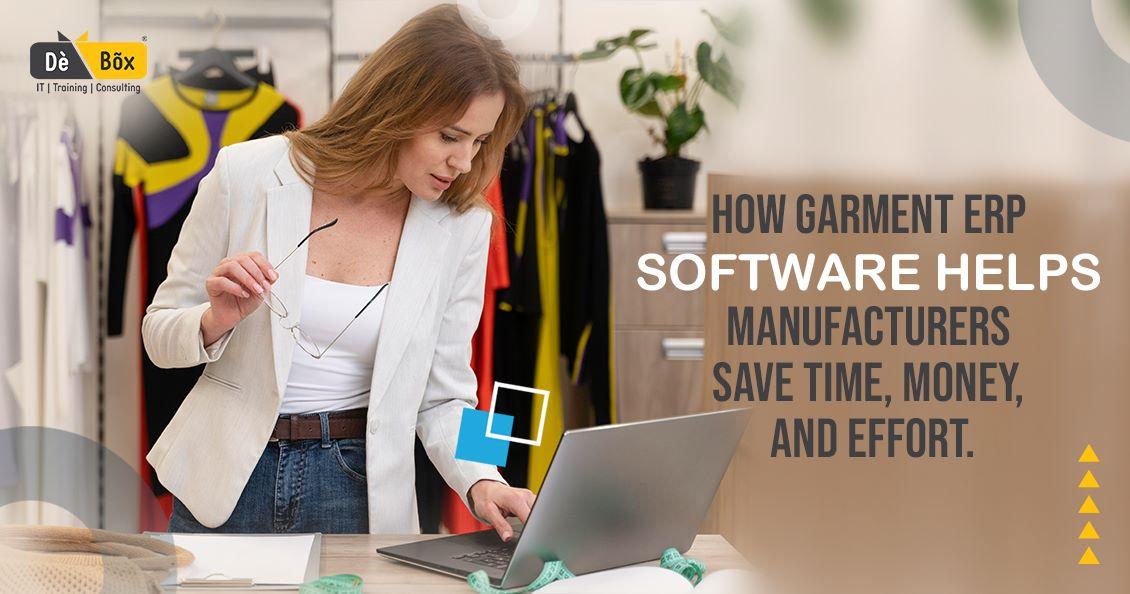
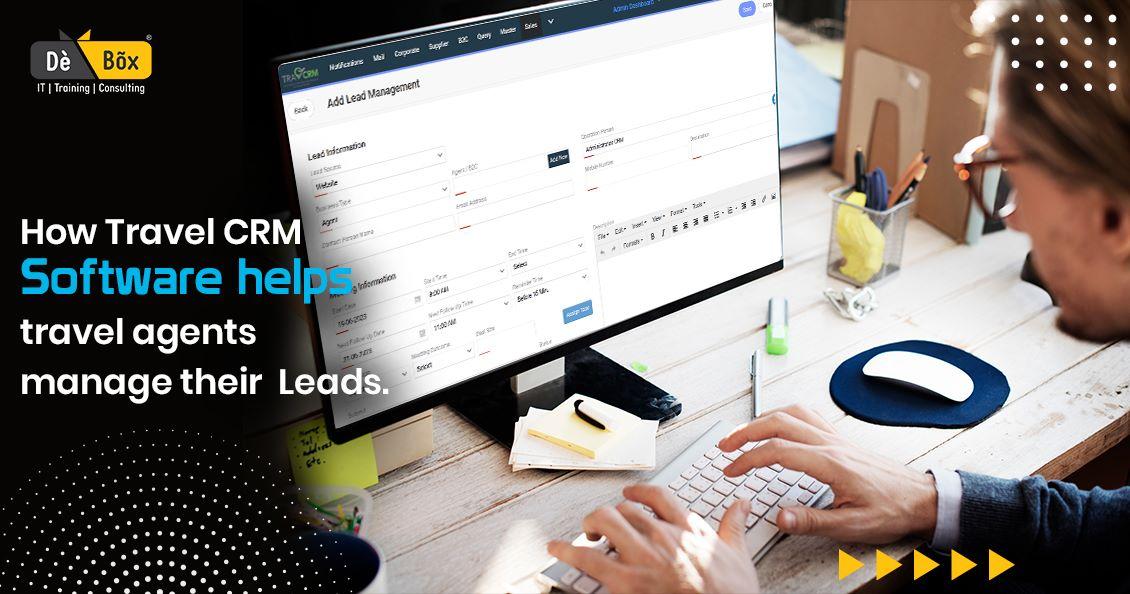
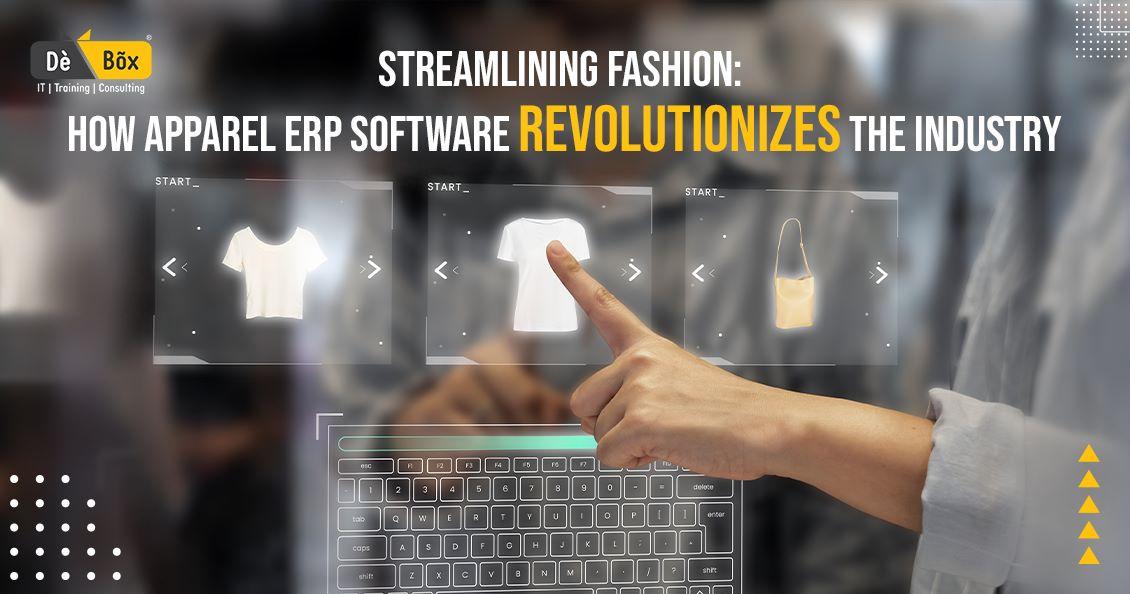
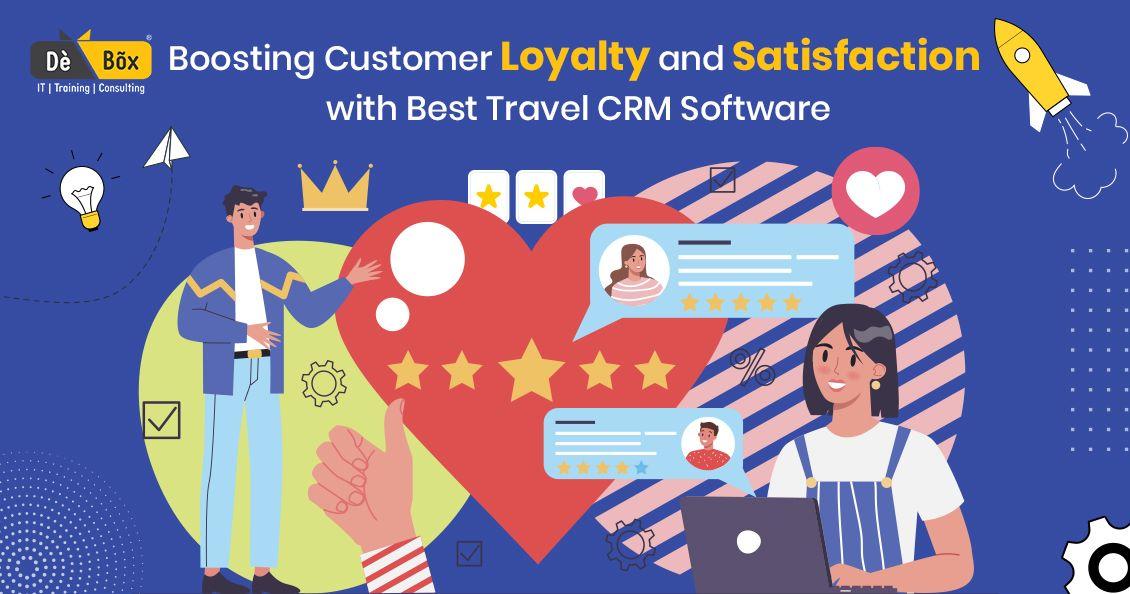
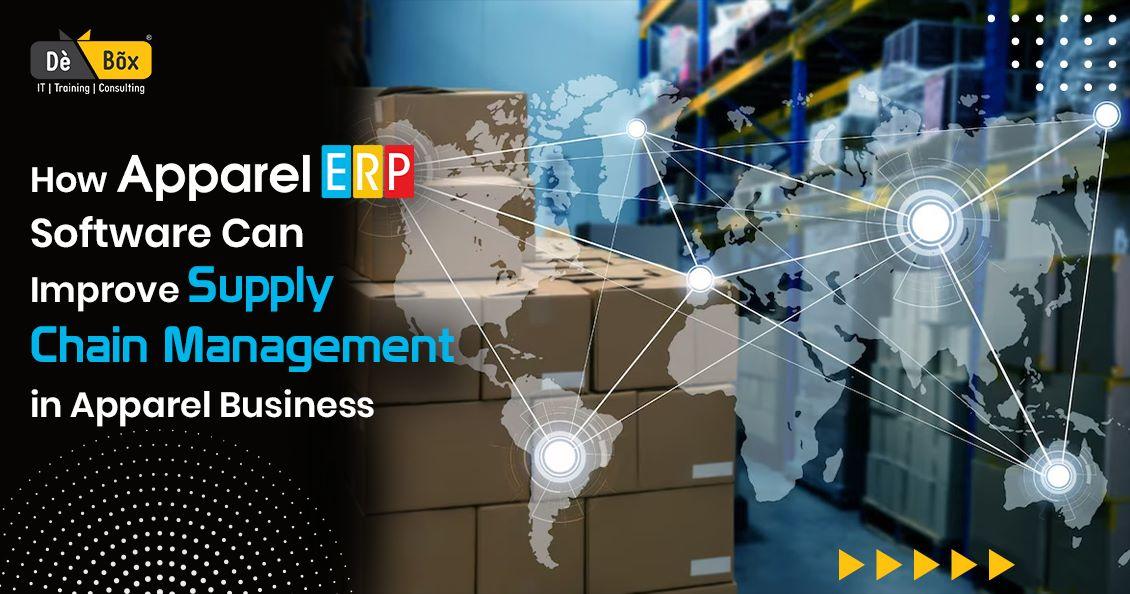
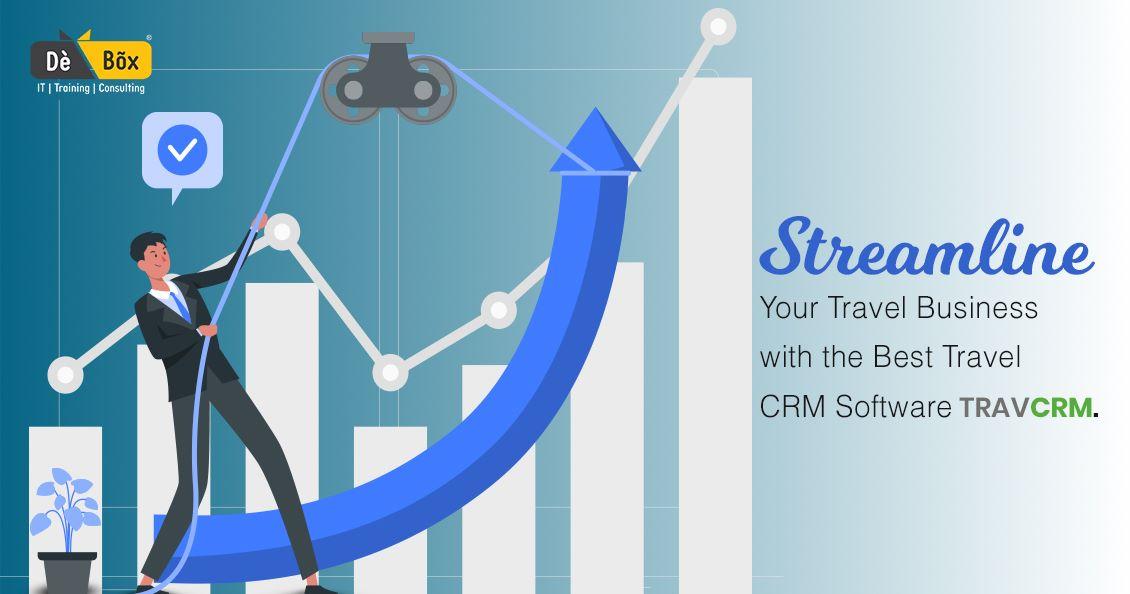


1683892664.jpg)
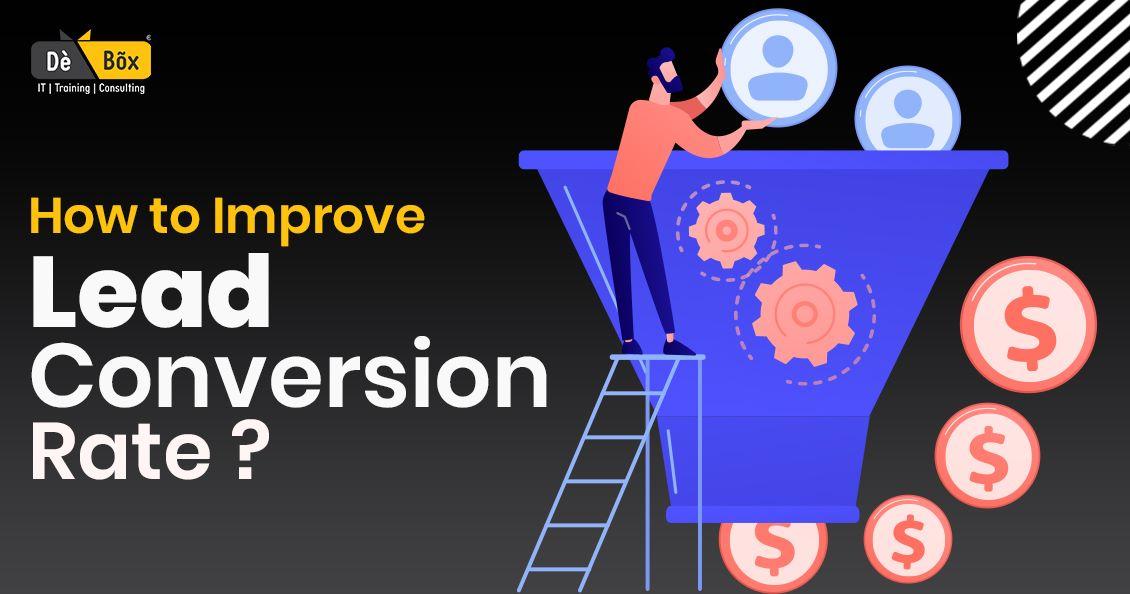
1677833077.jpeg)
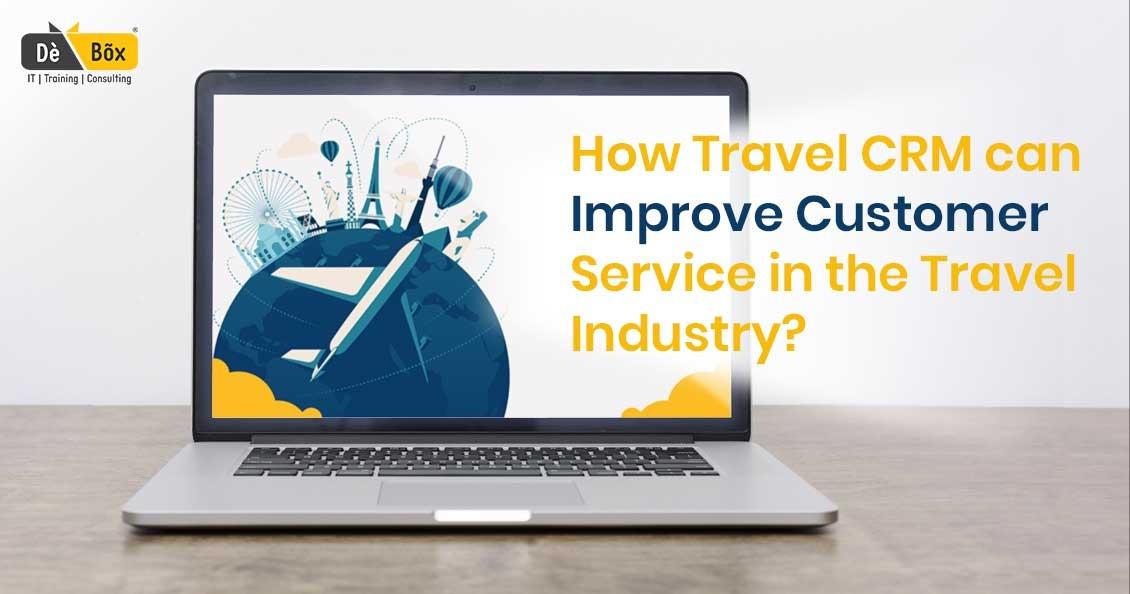

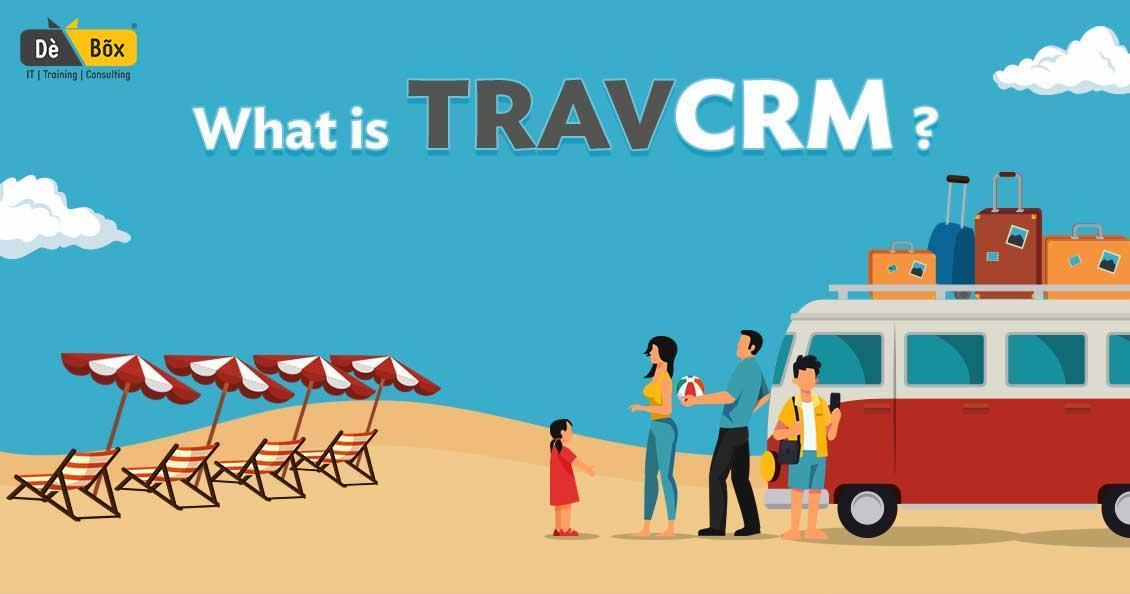


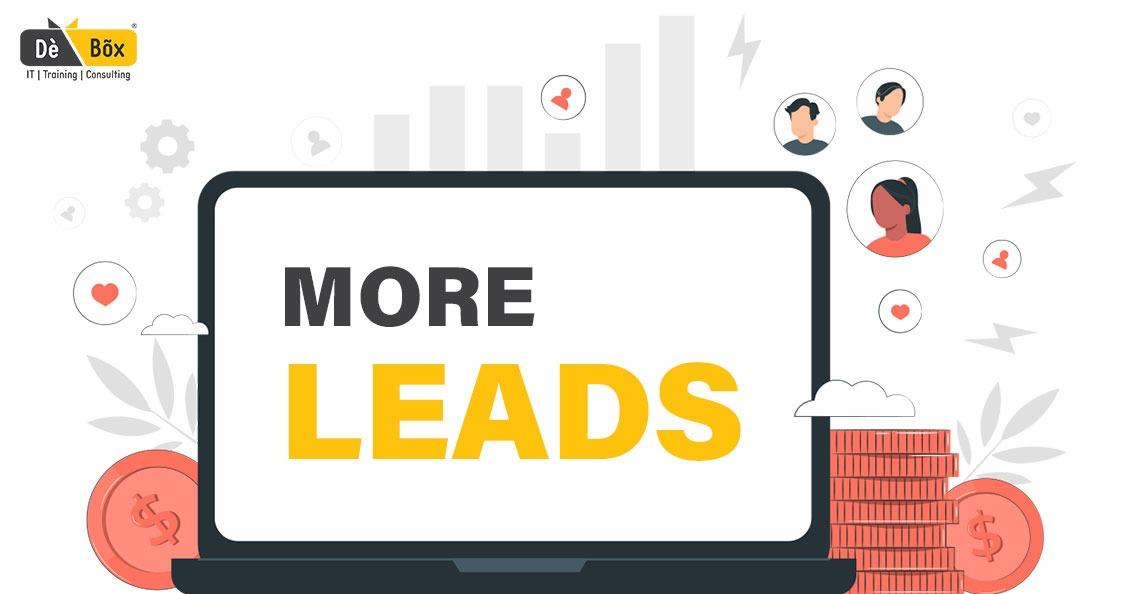

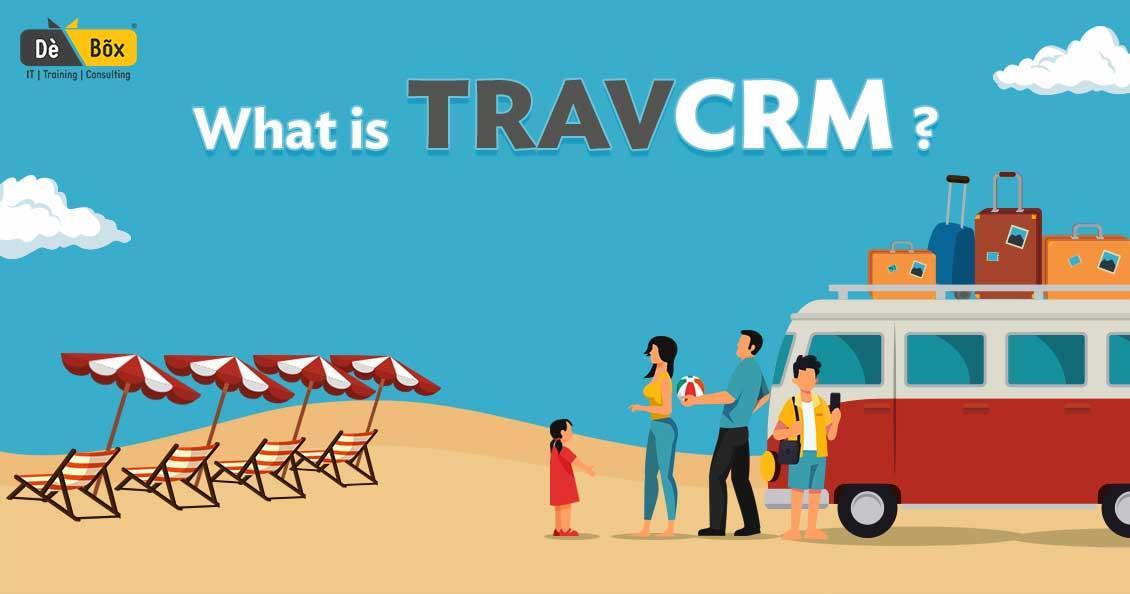


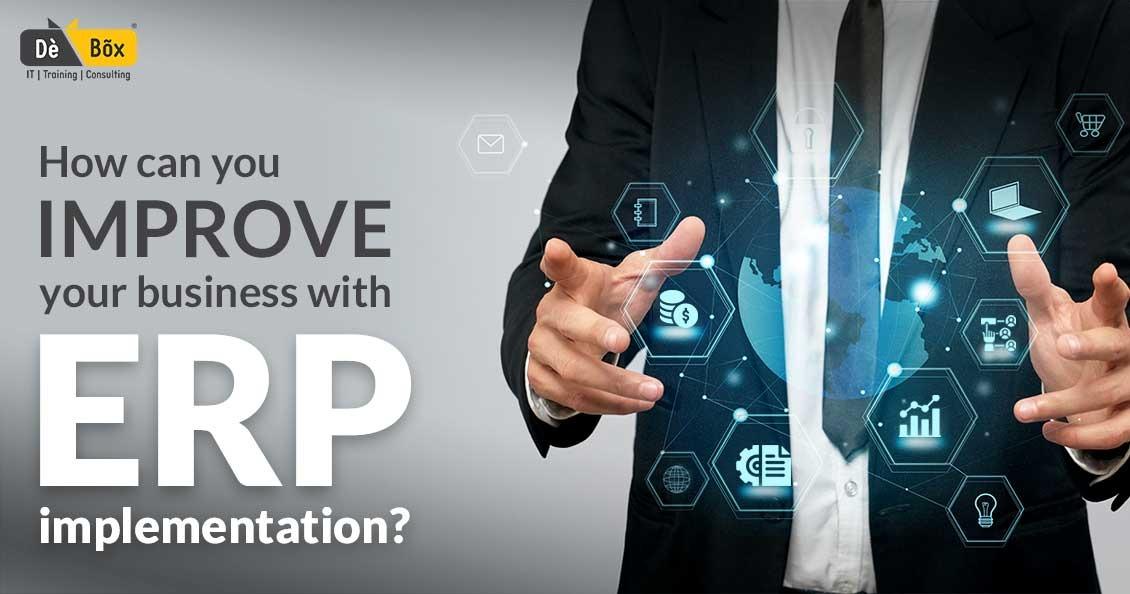




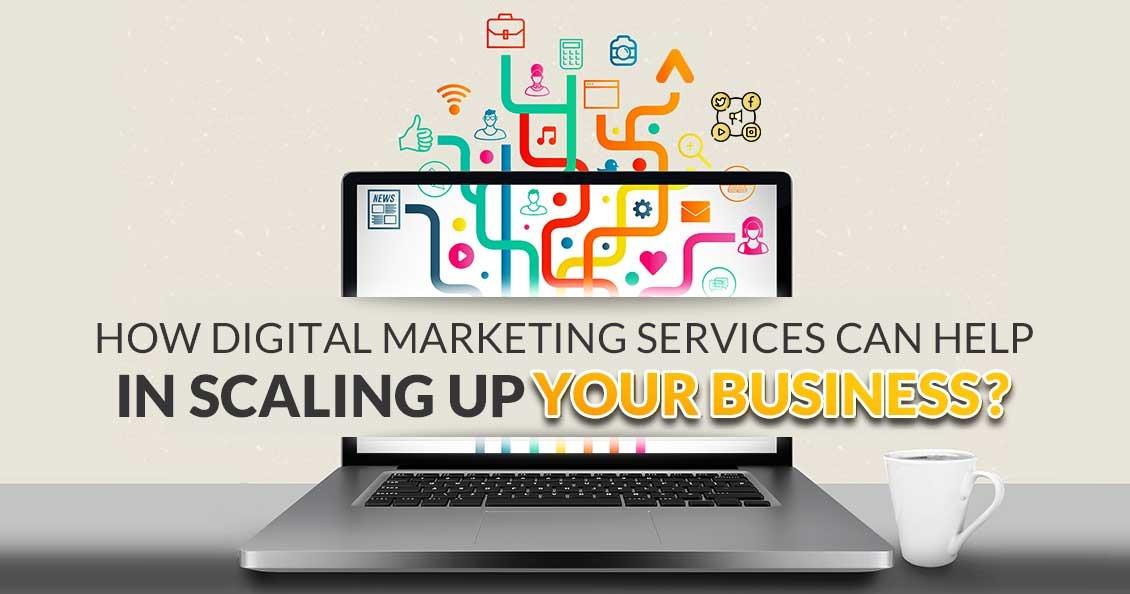

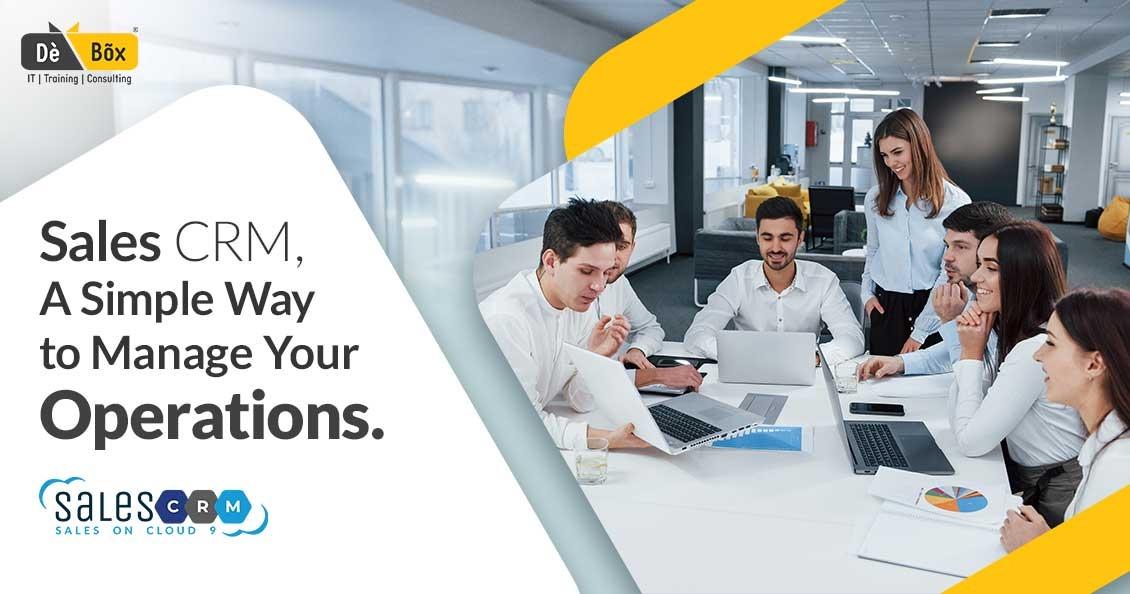
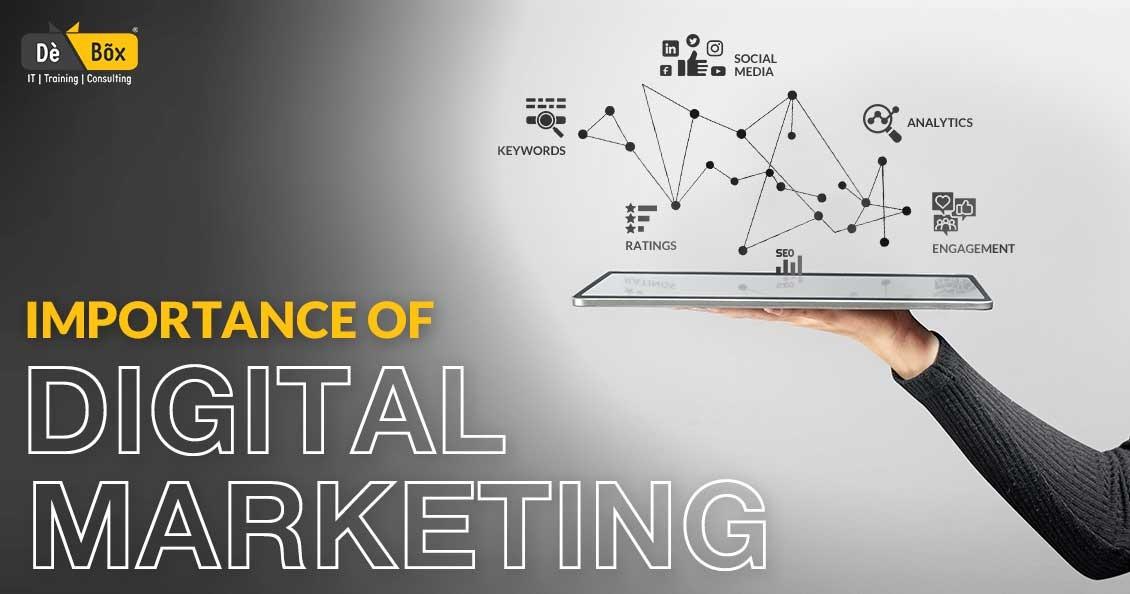
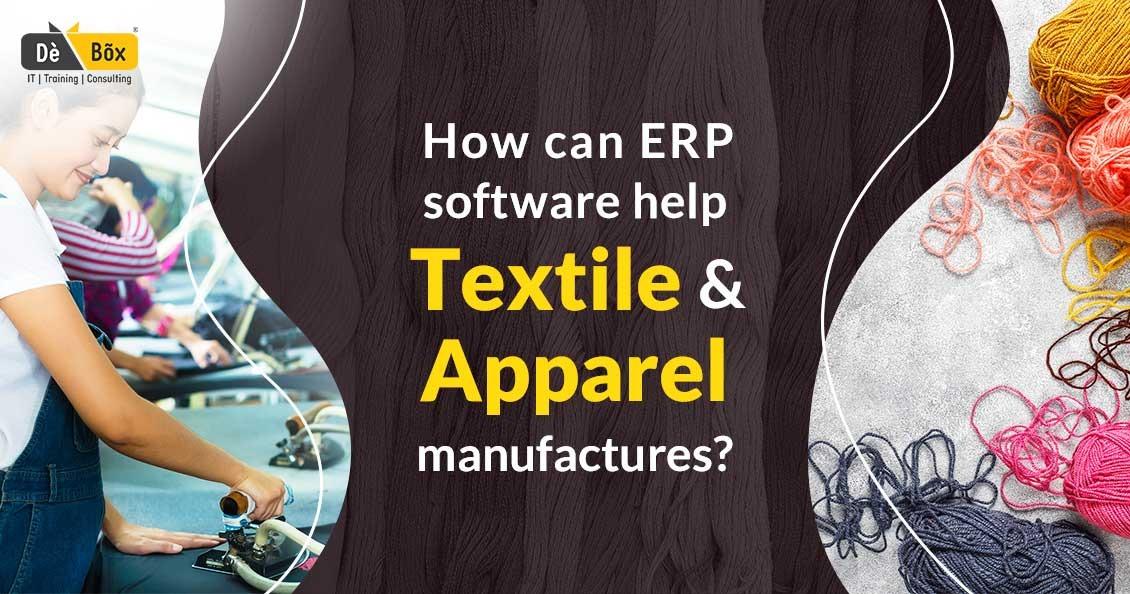

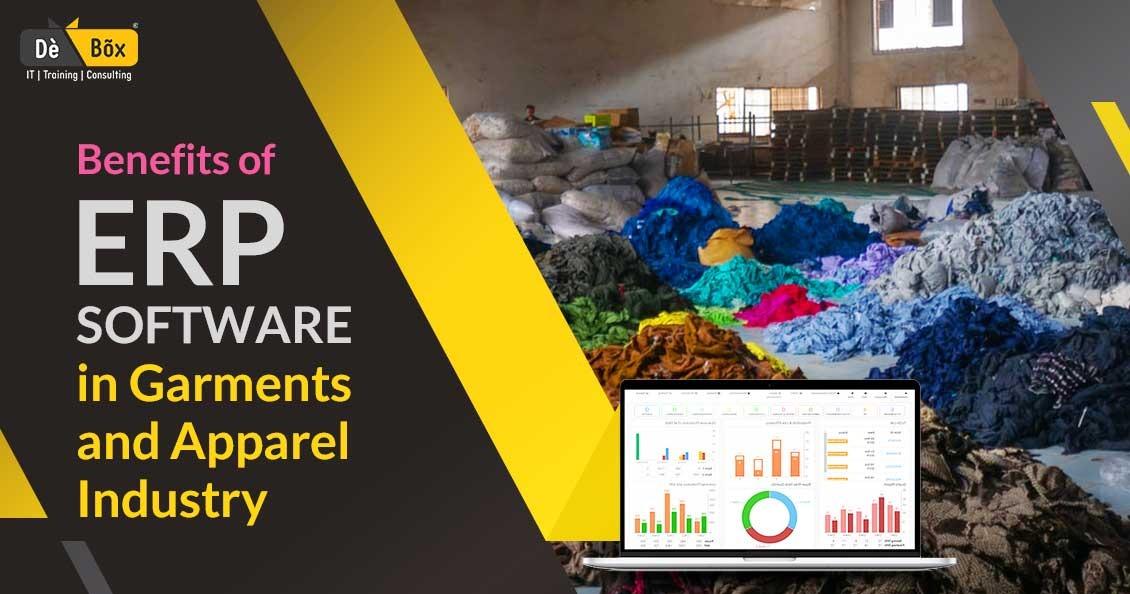
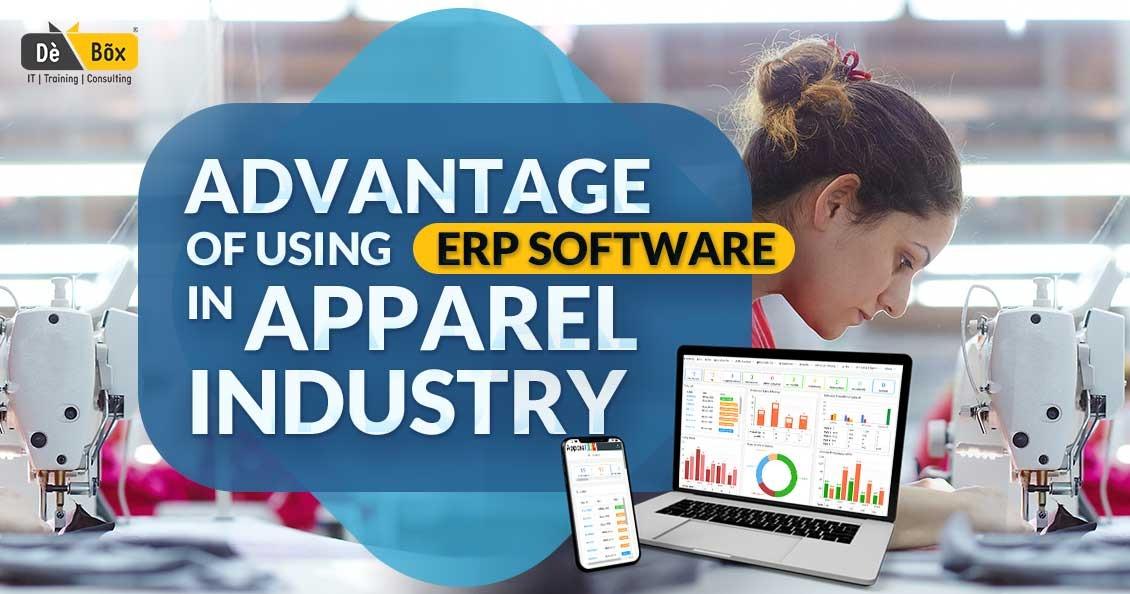
1646037372.jpg)
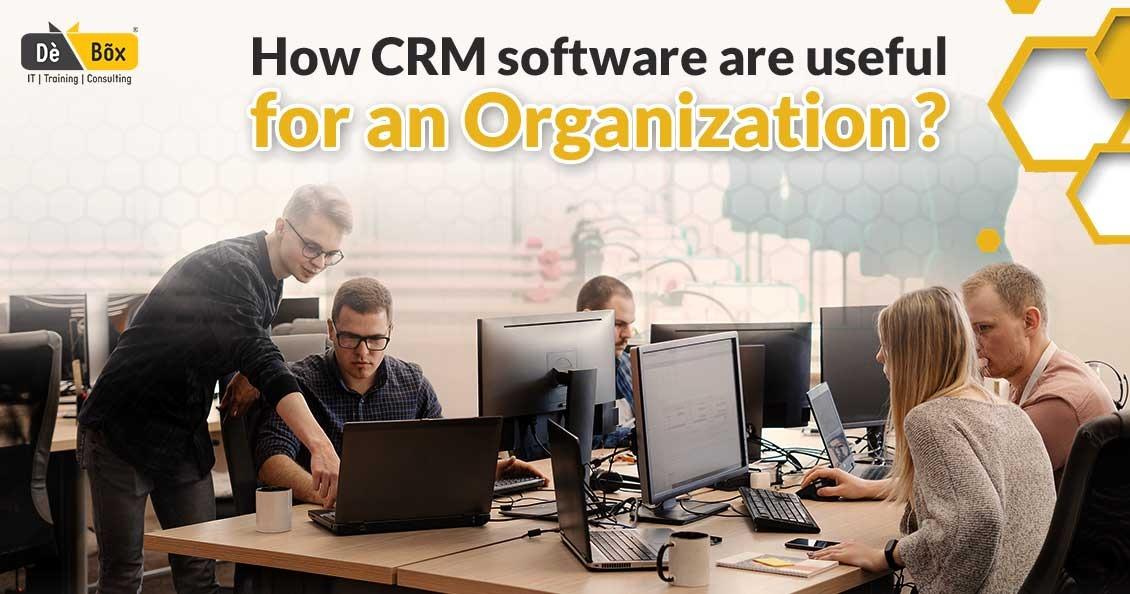
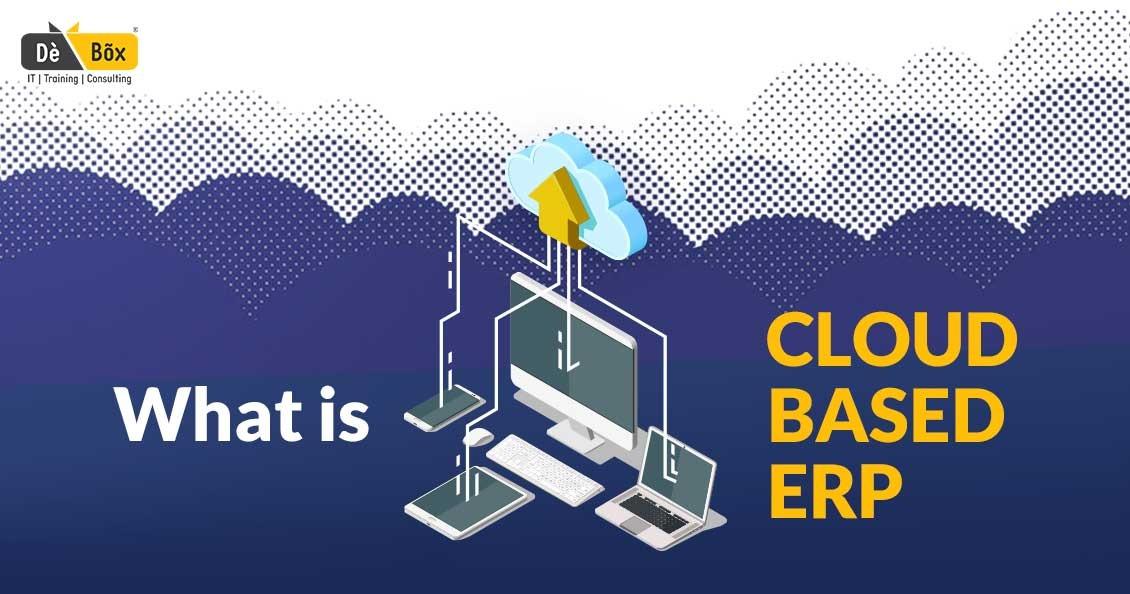



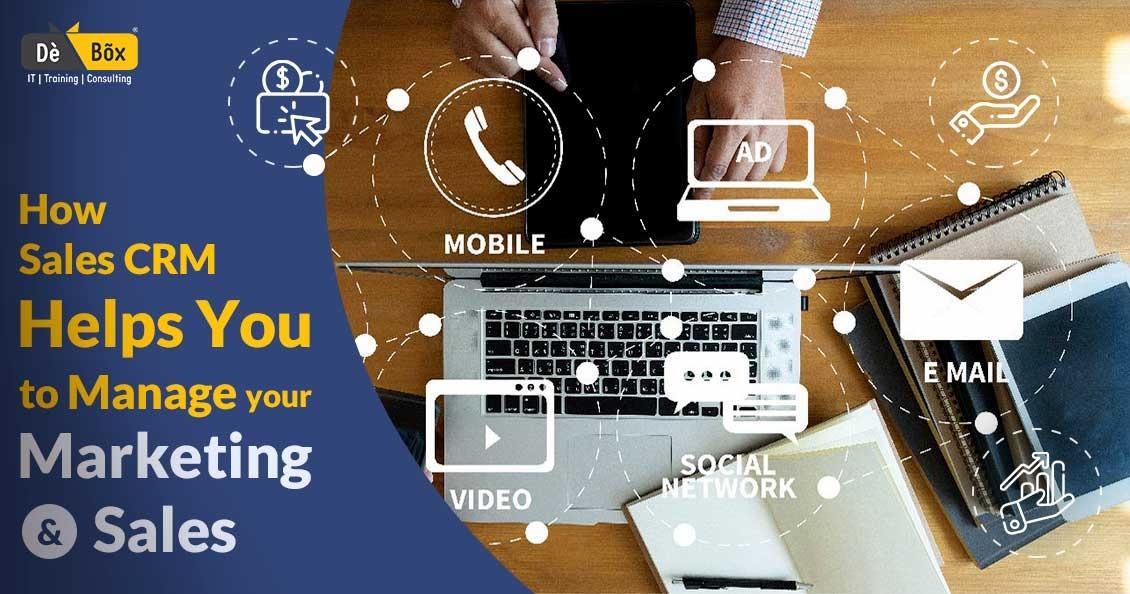
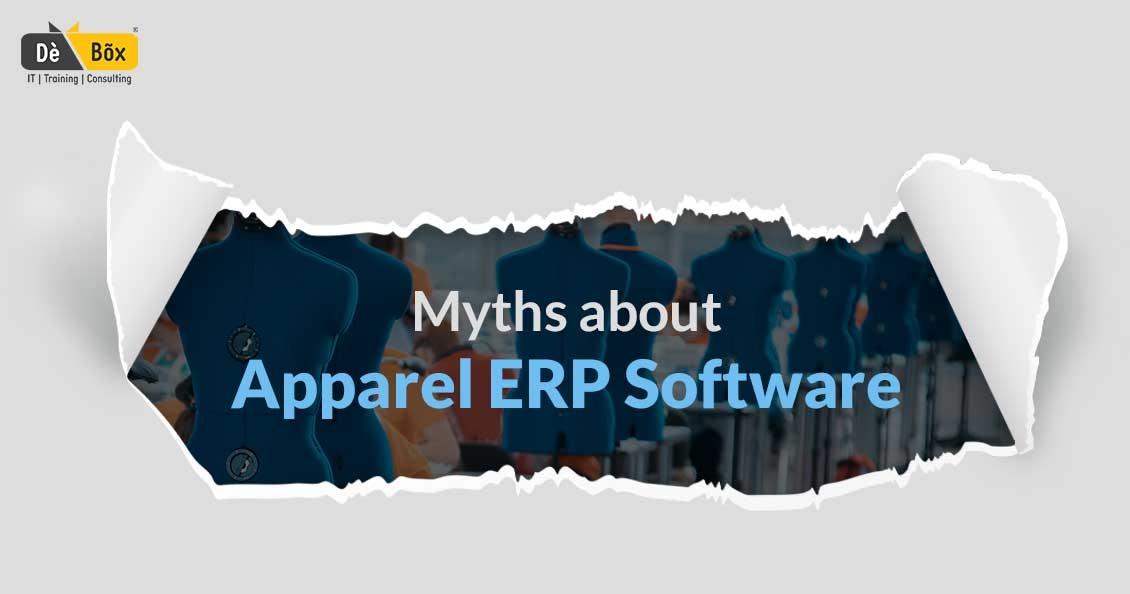
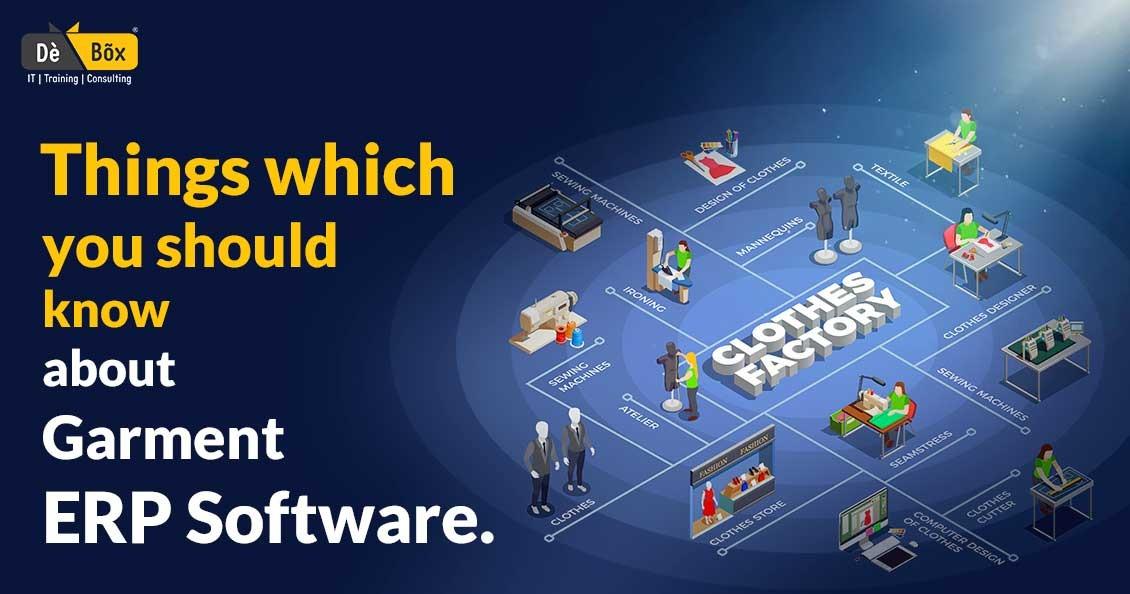

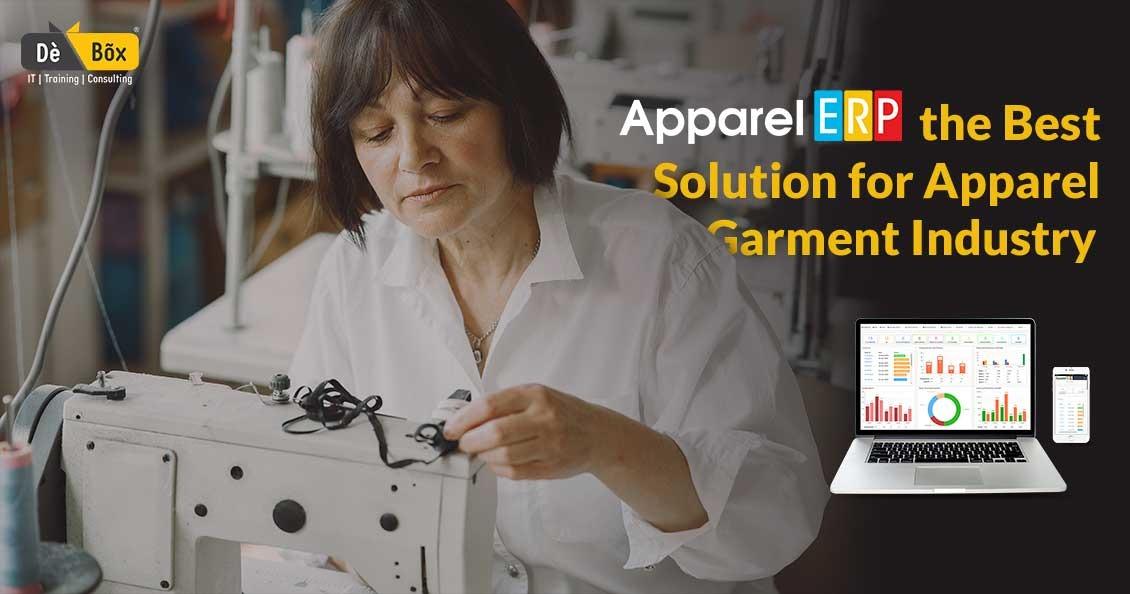
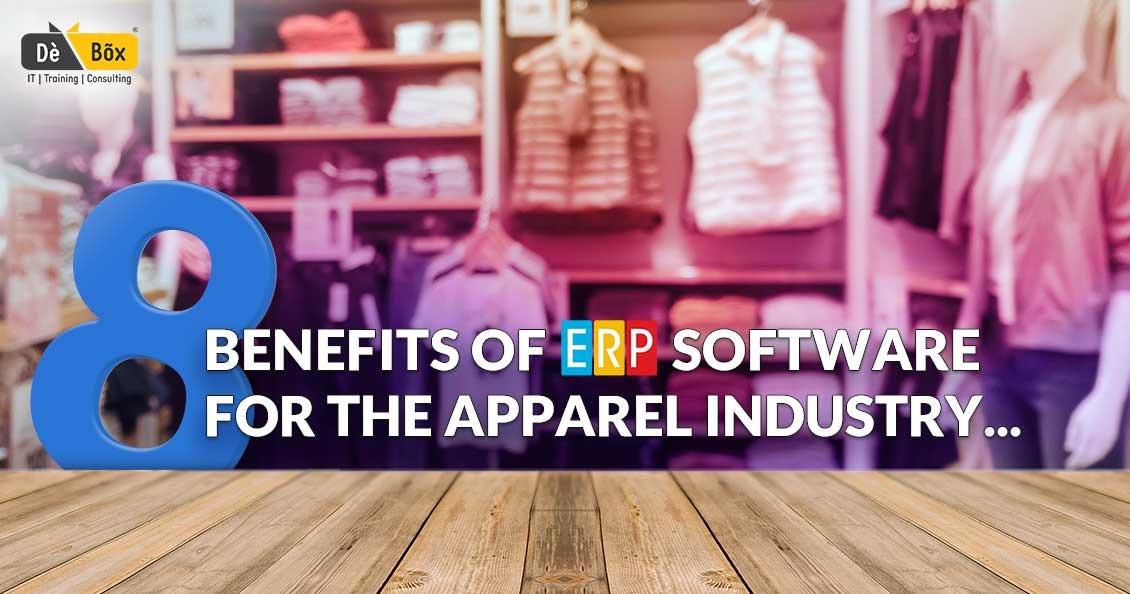

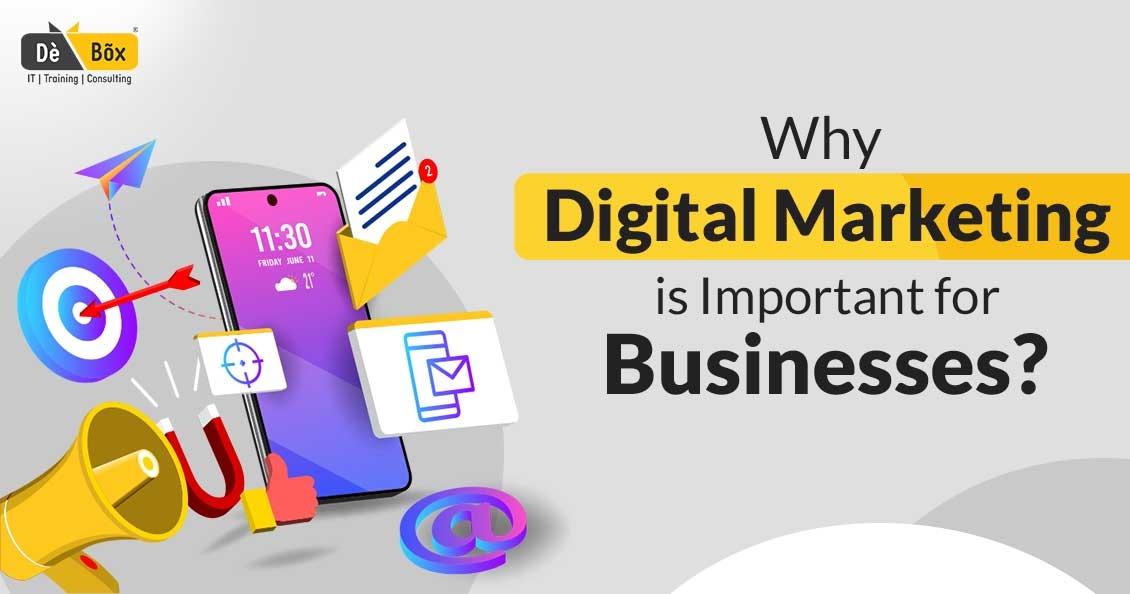

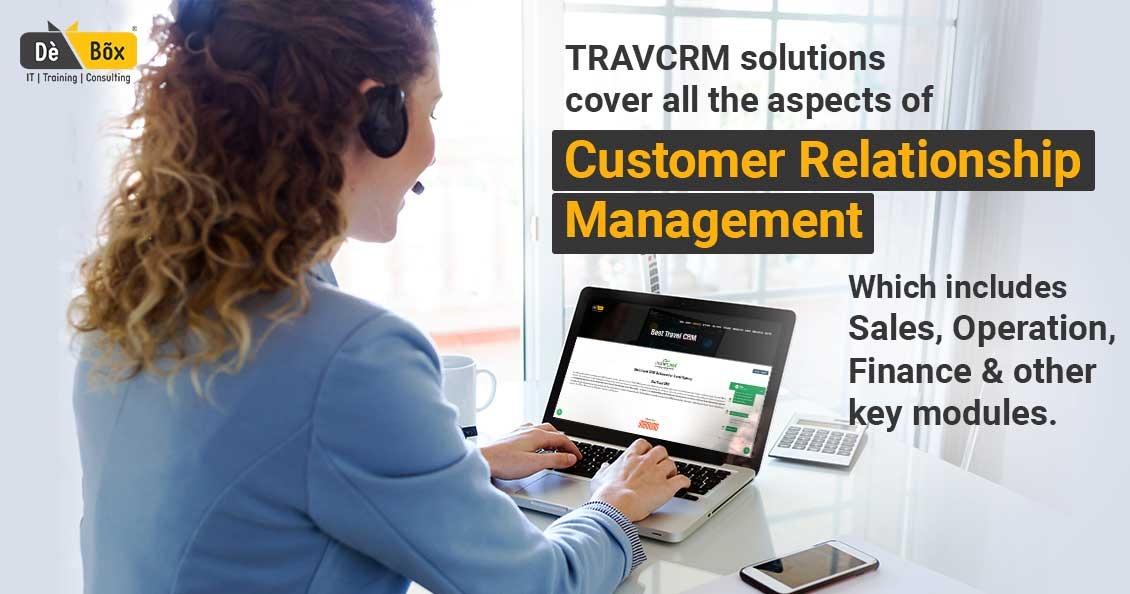
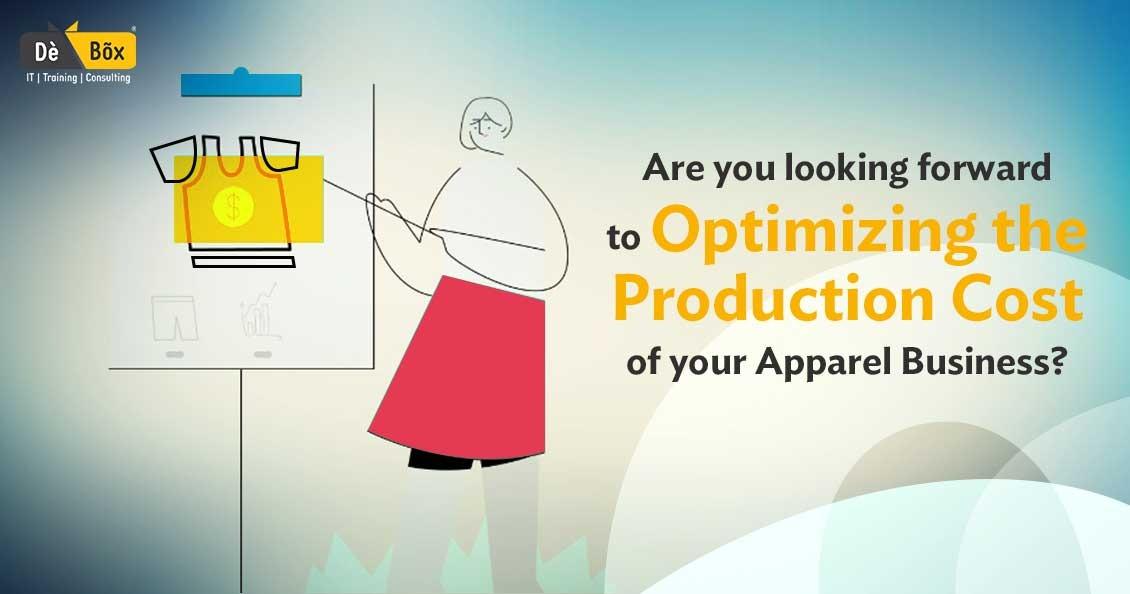

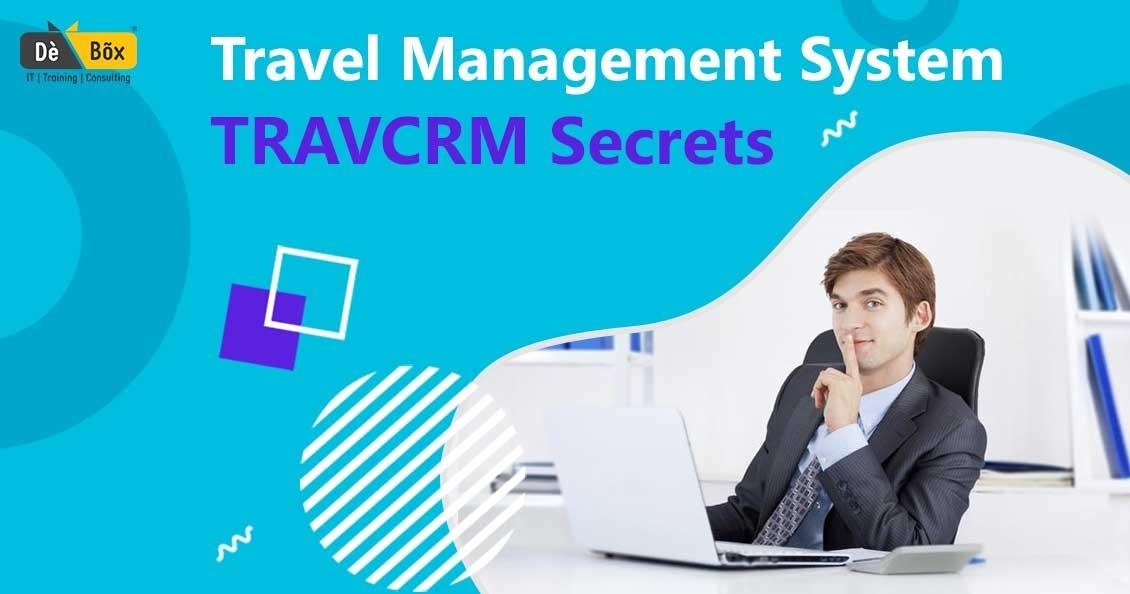






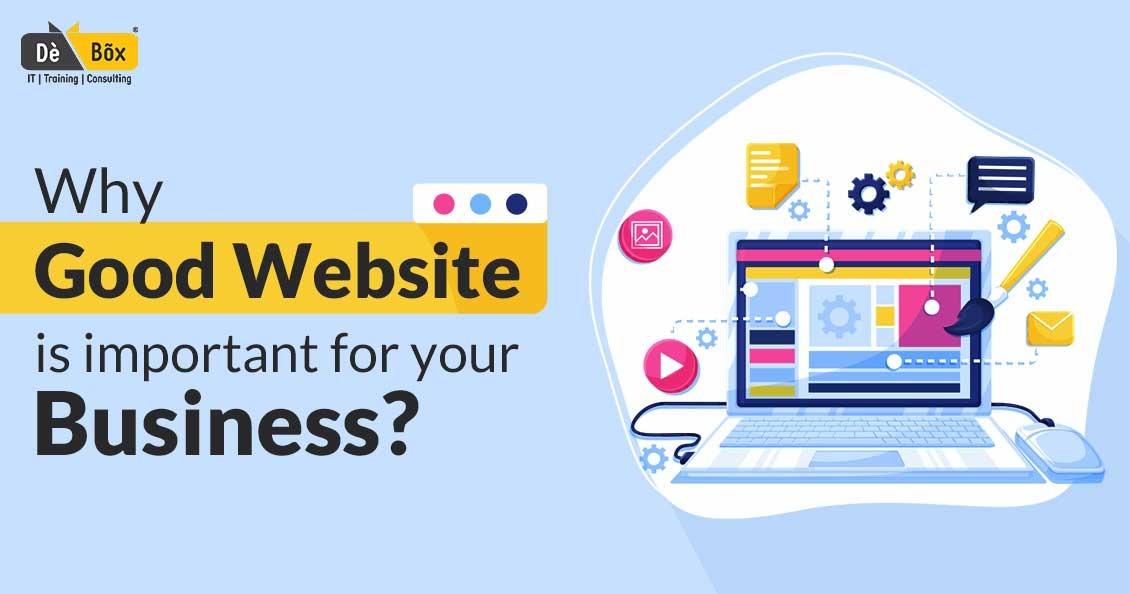
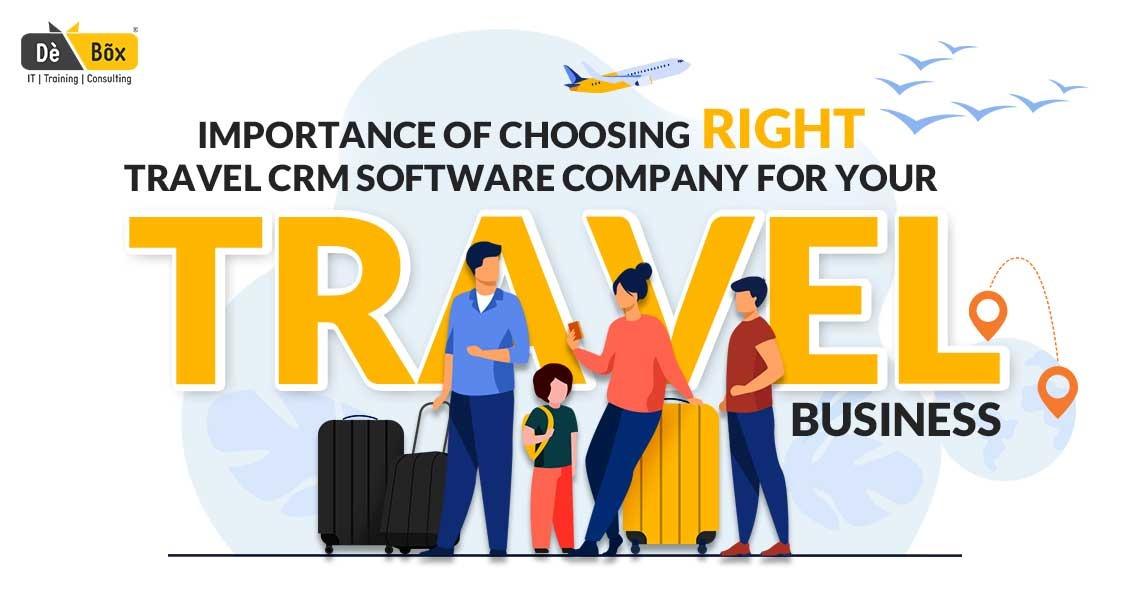
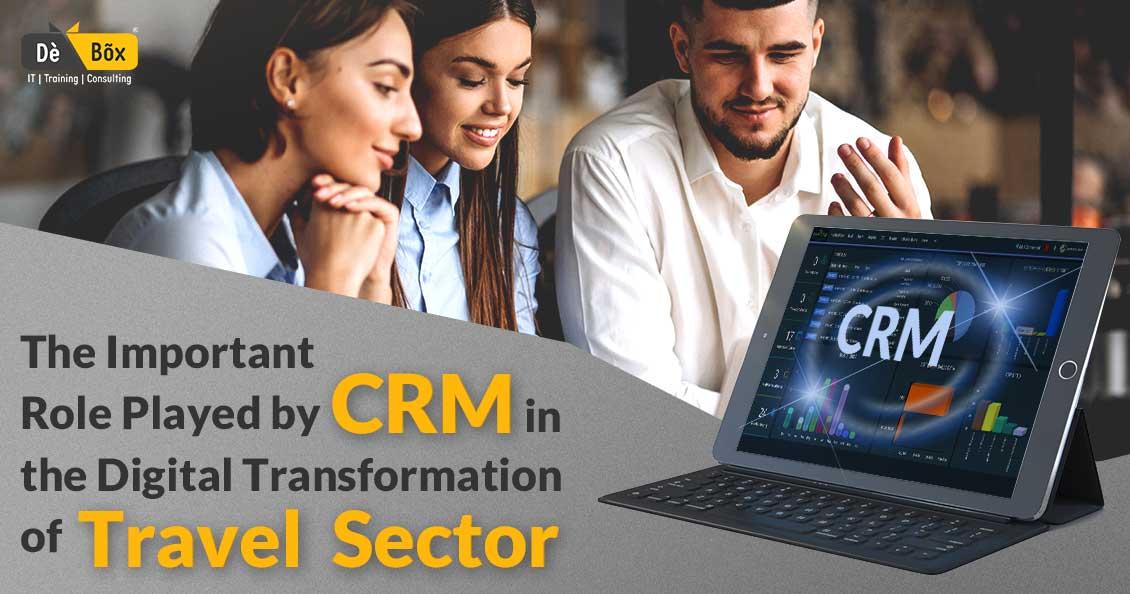

1631854739.png)
